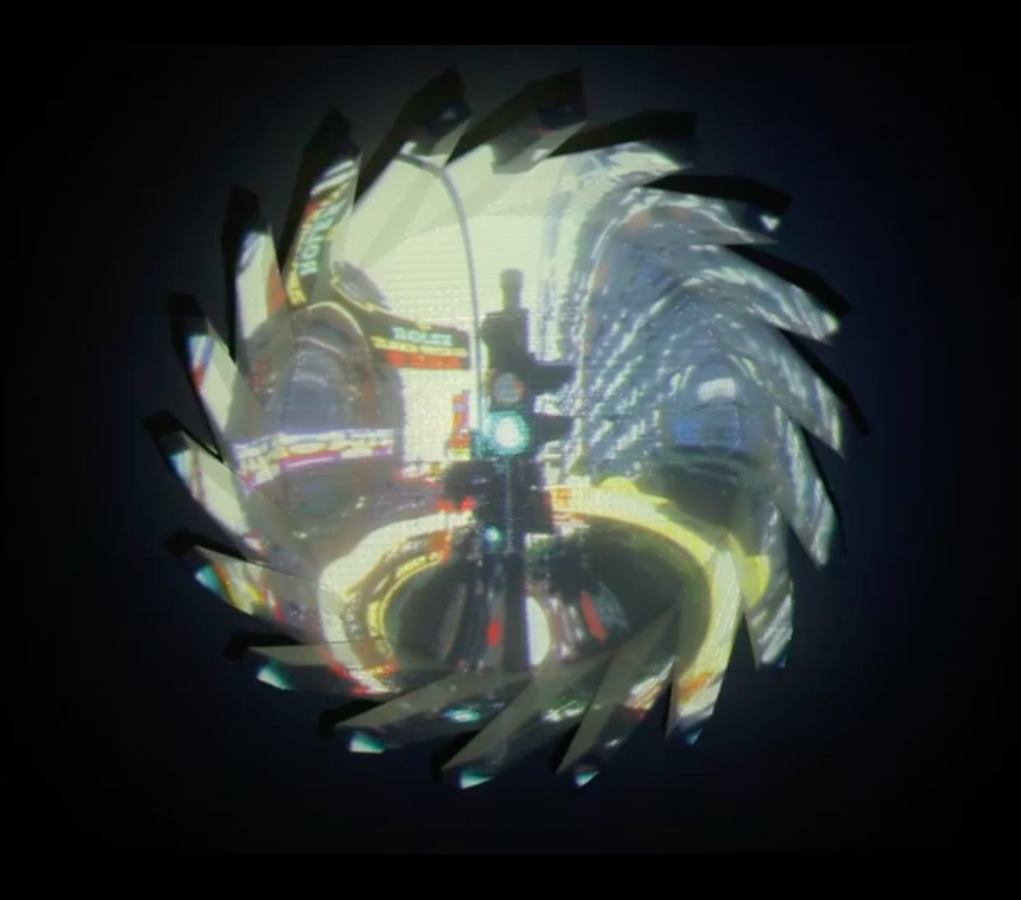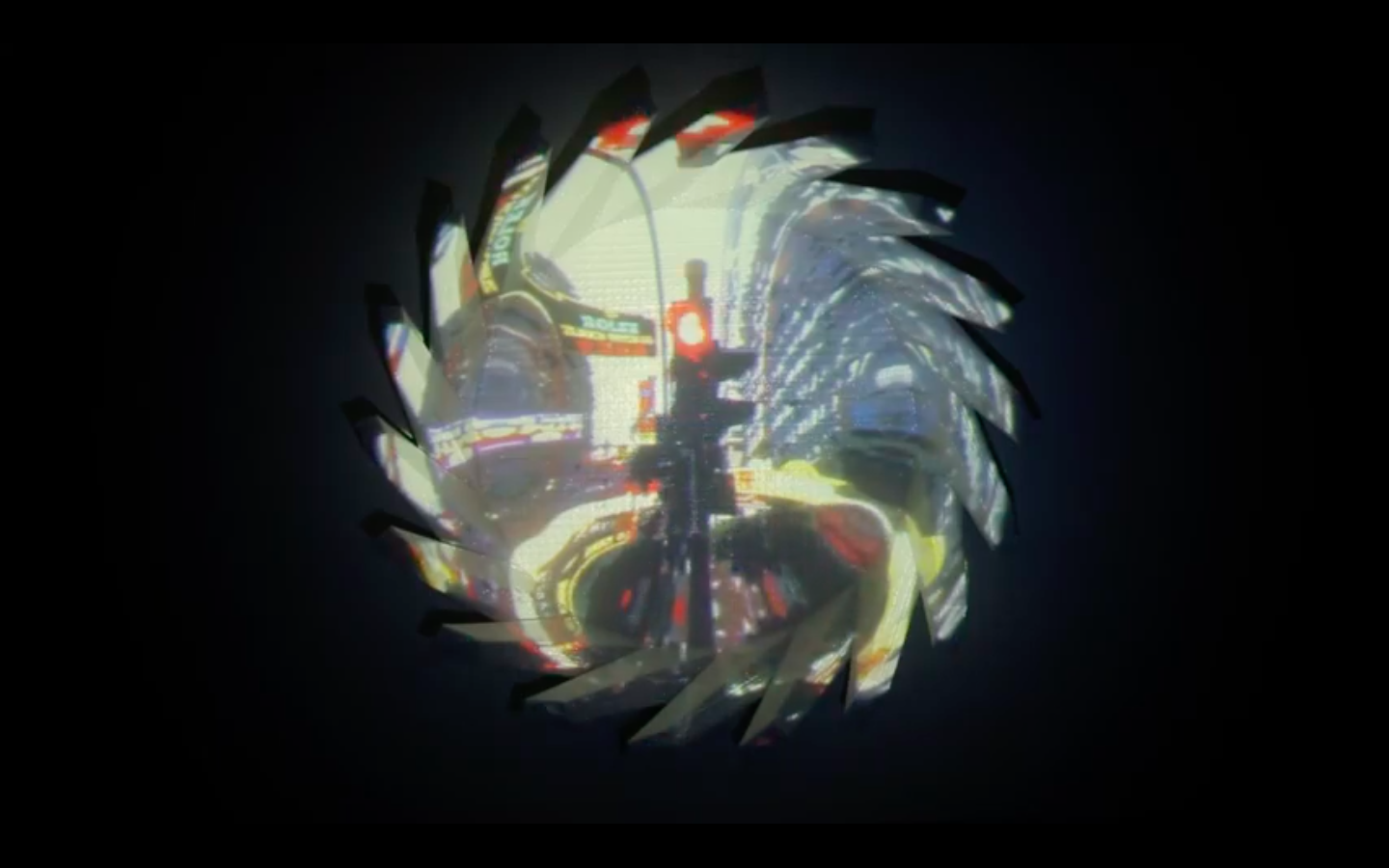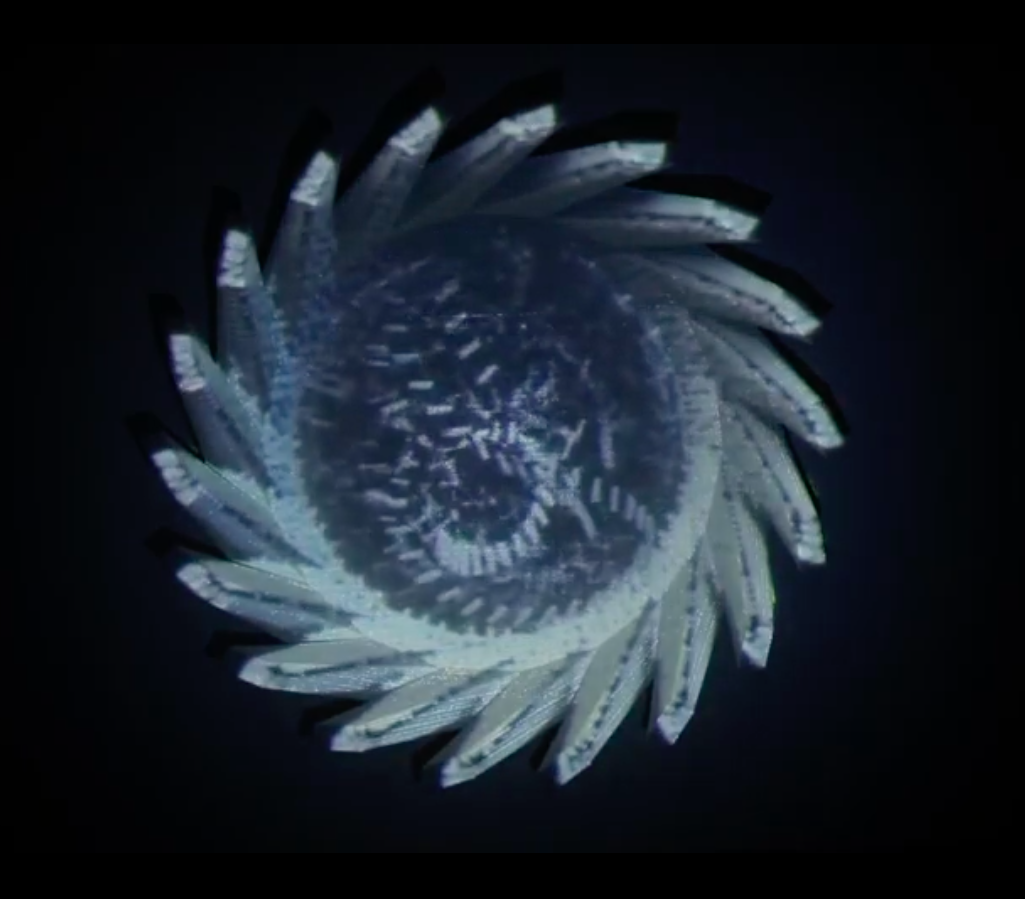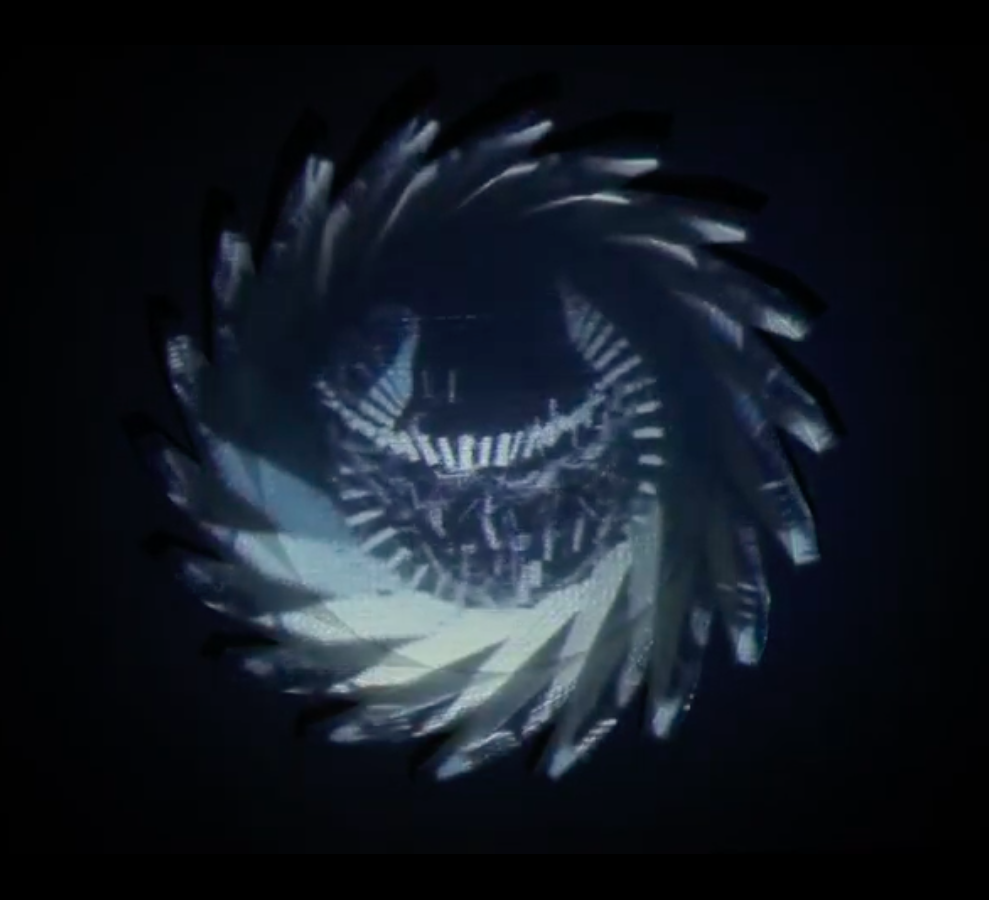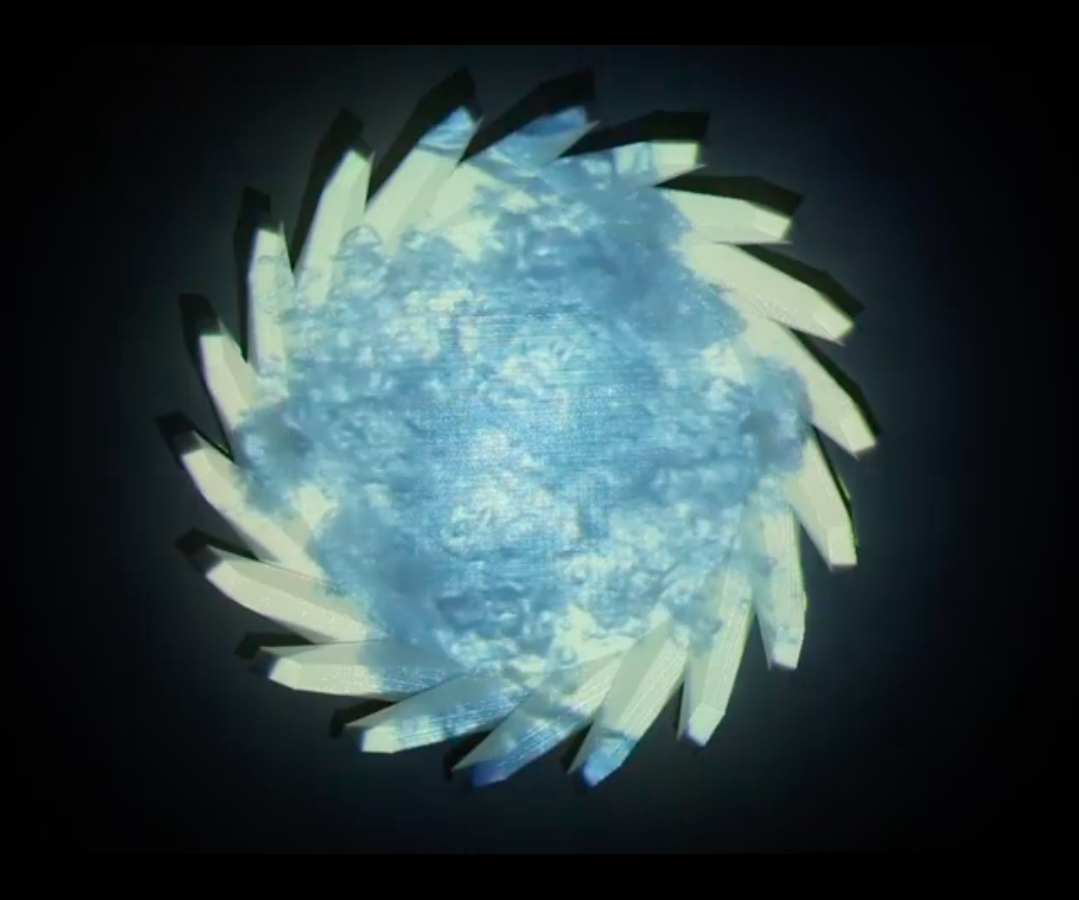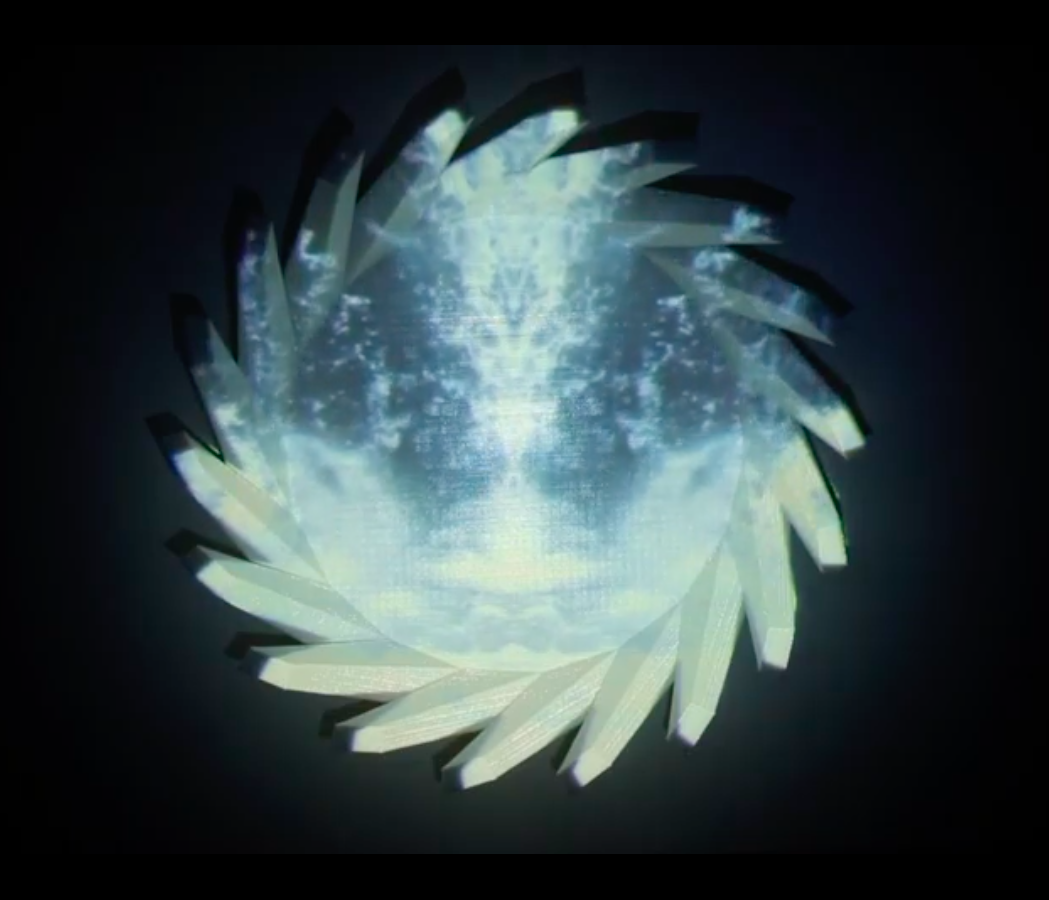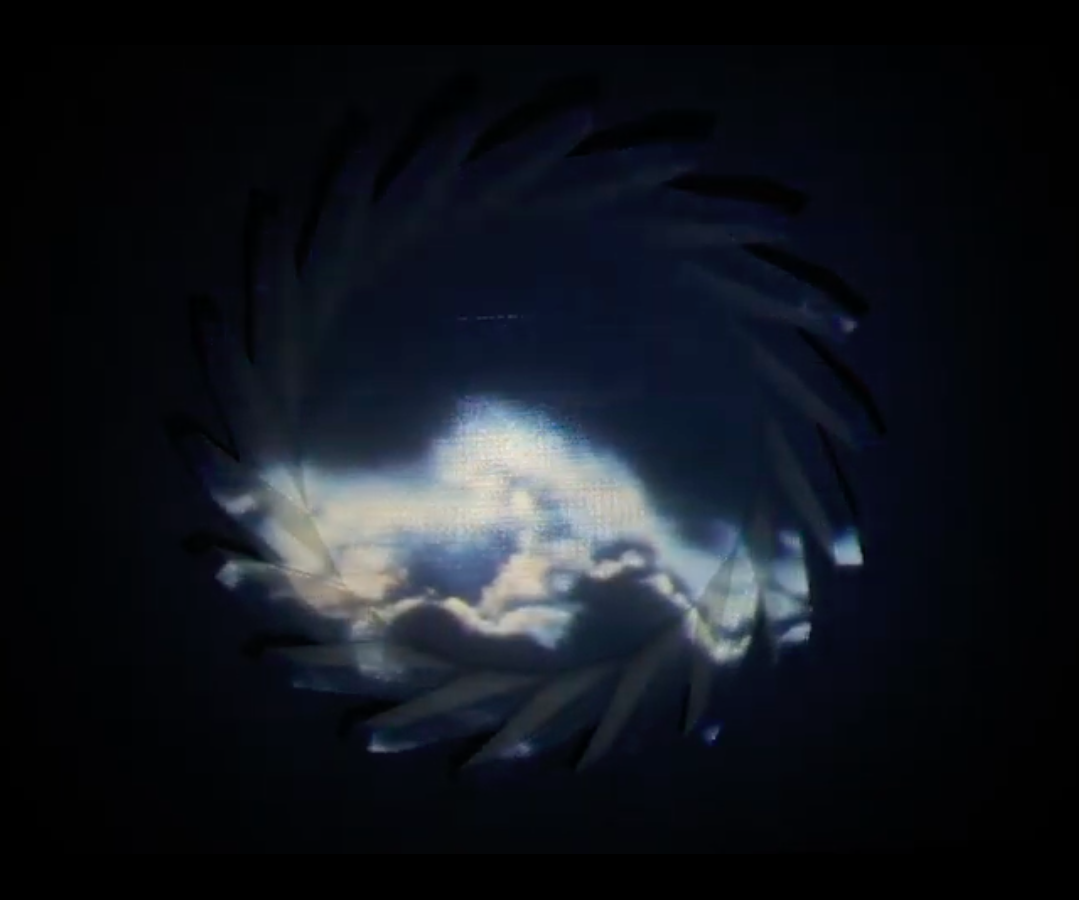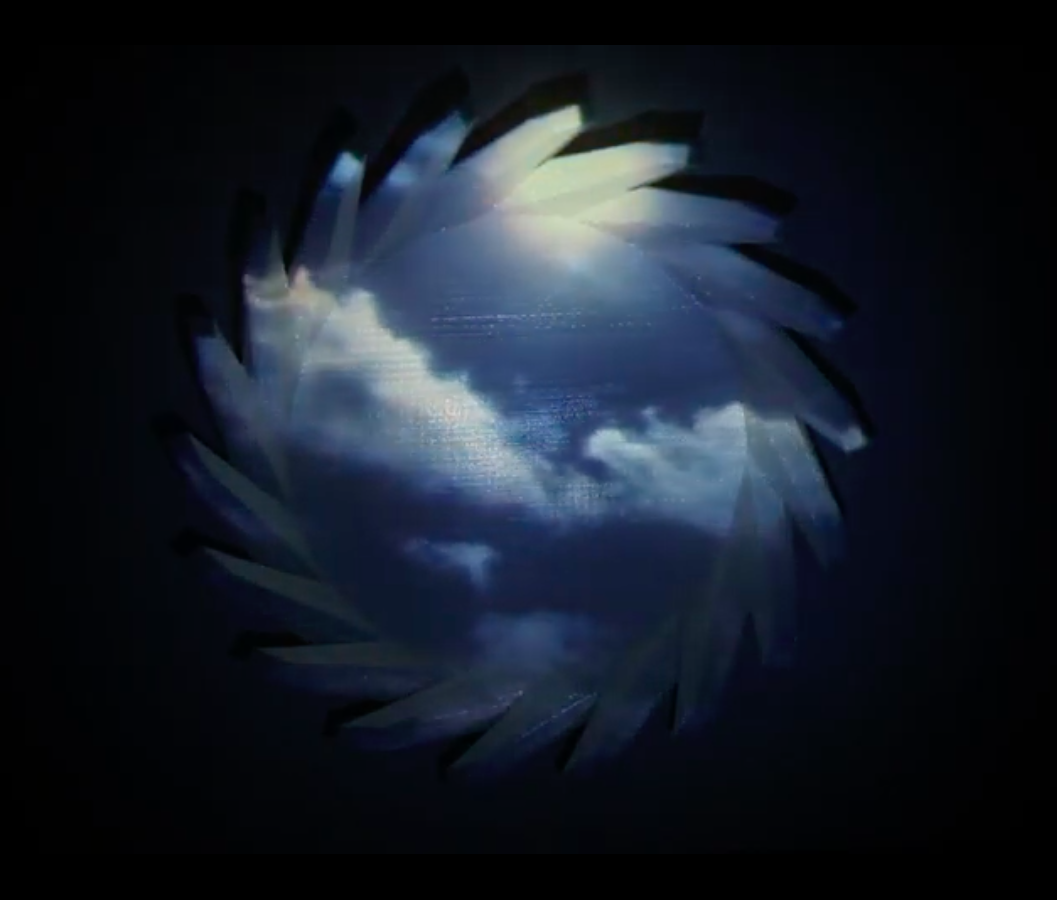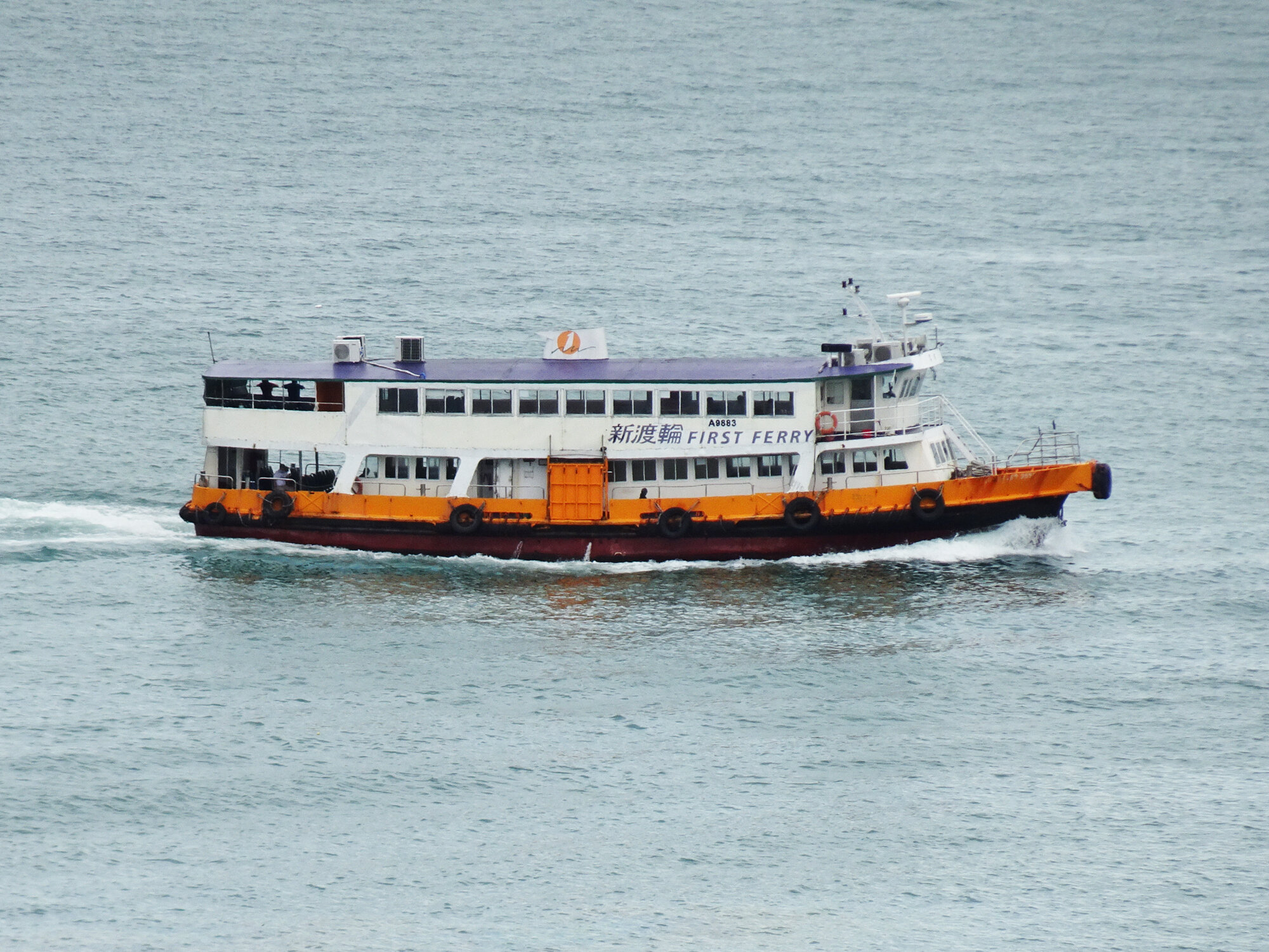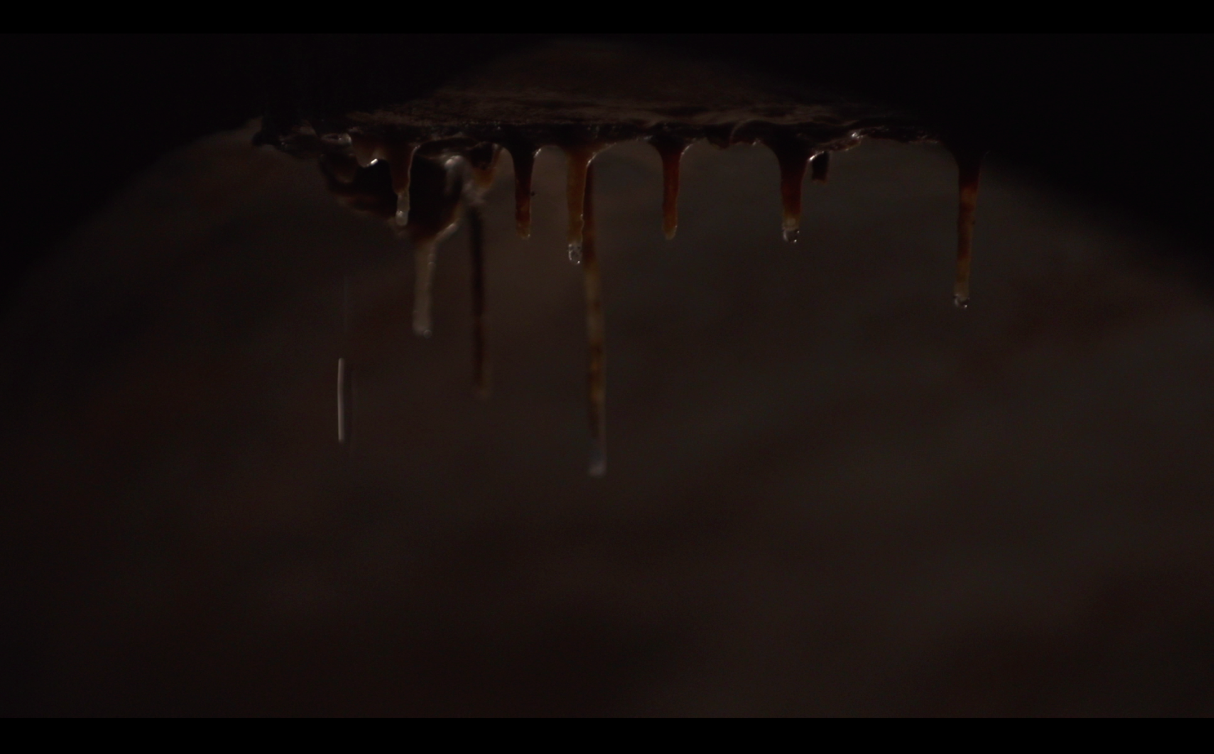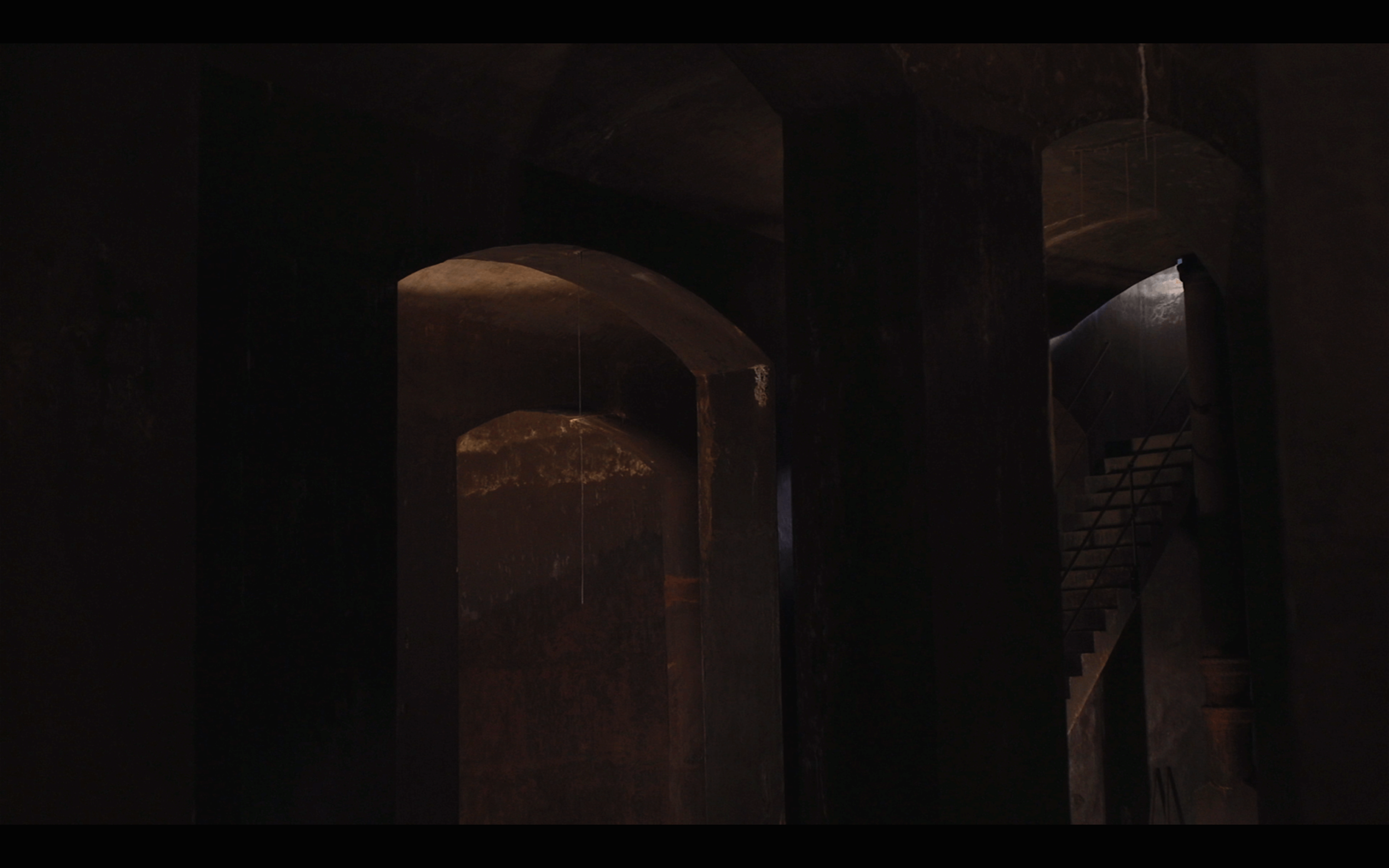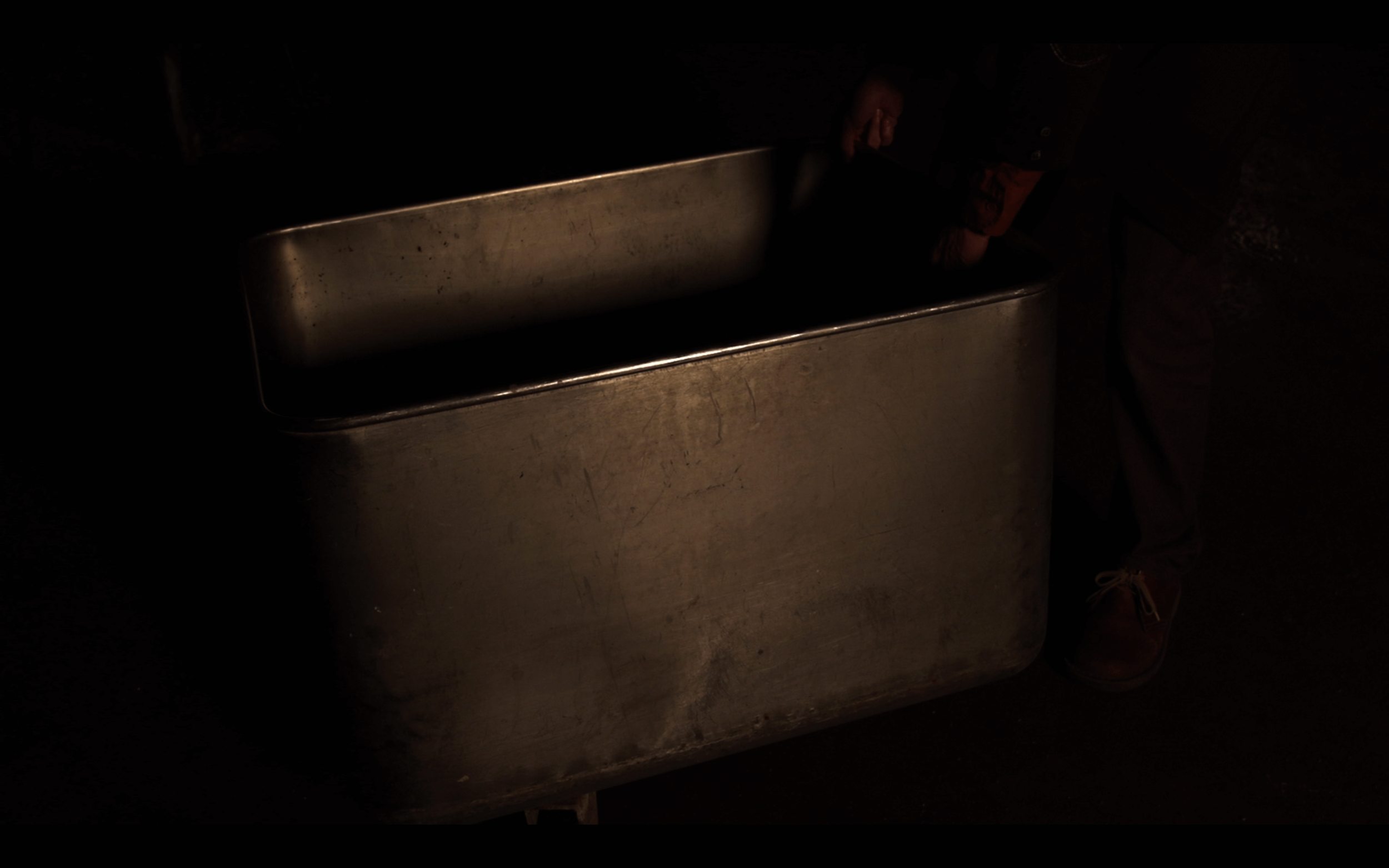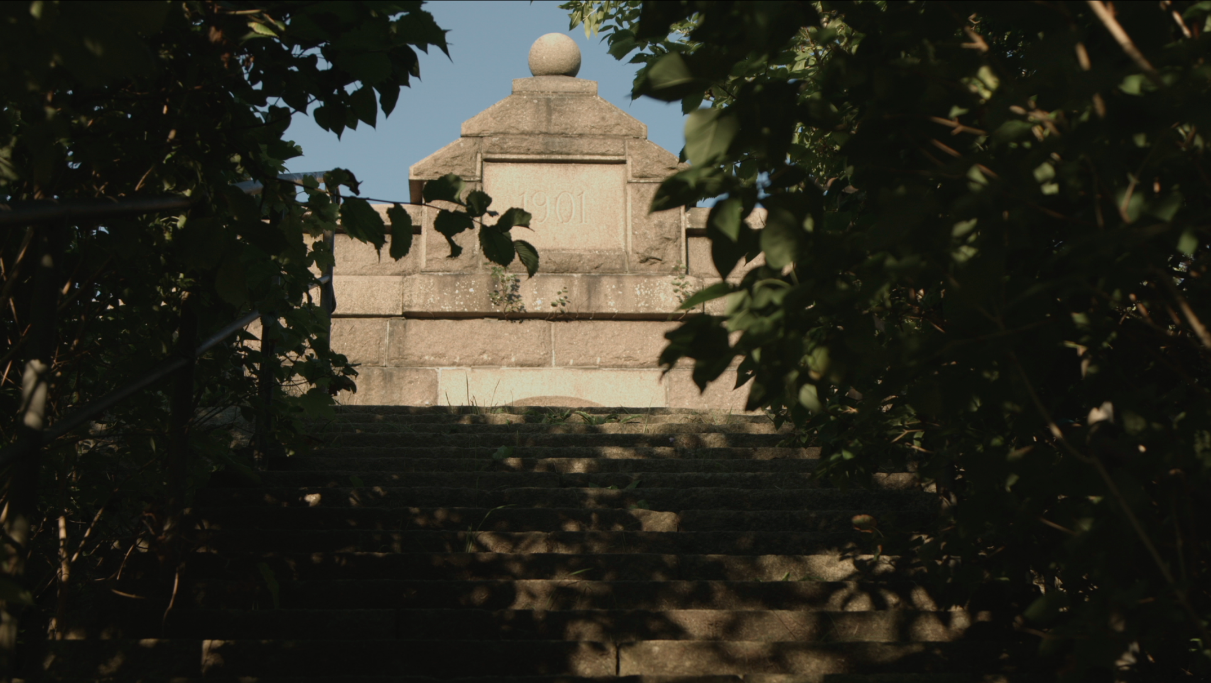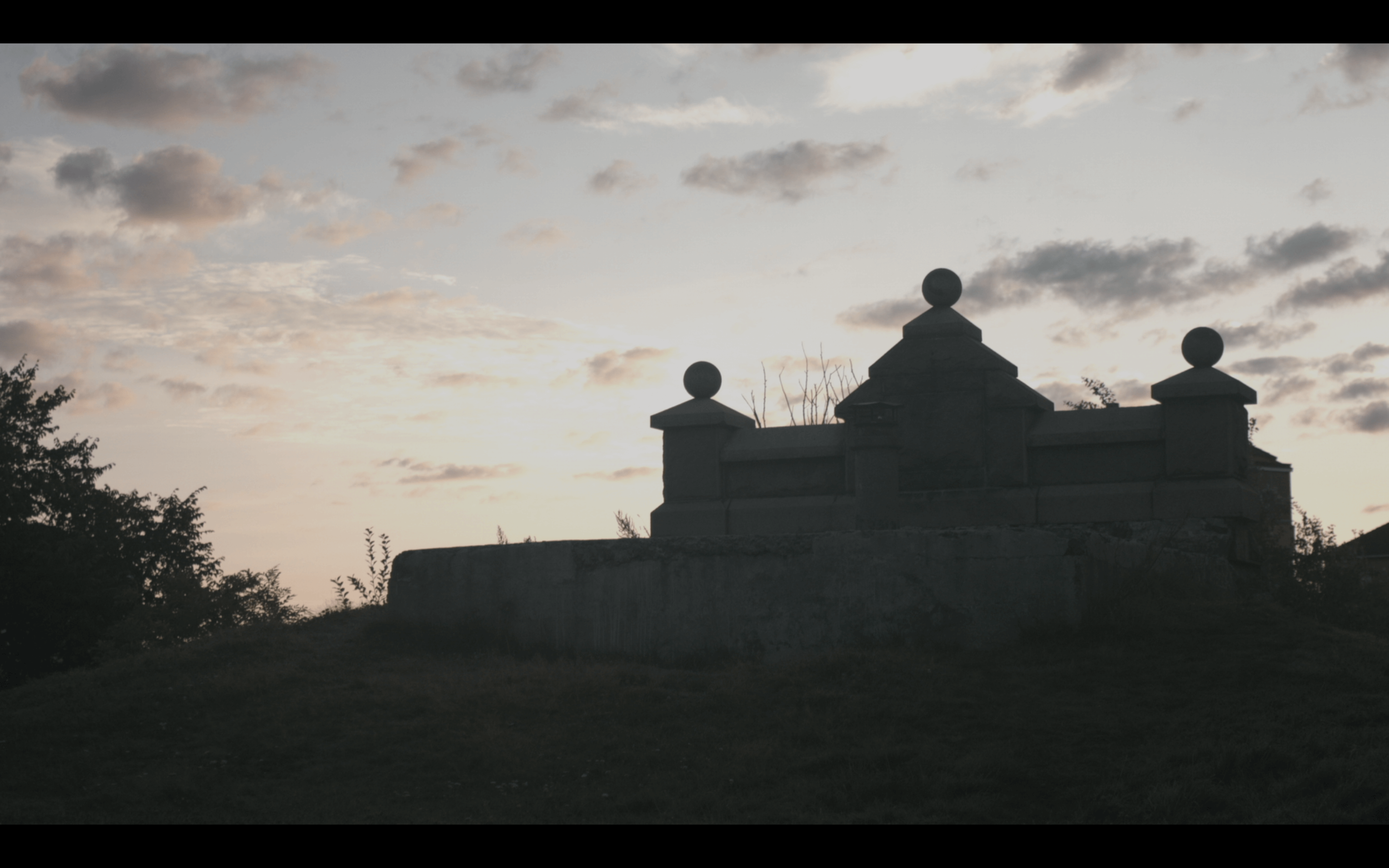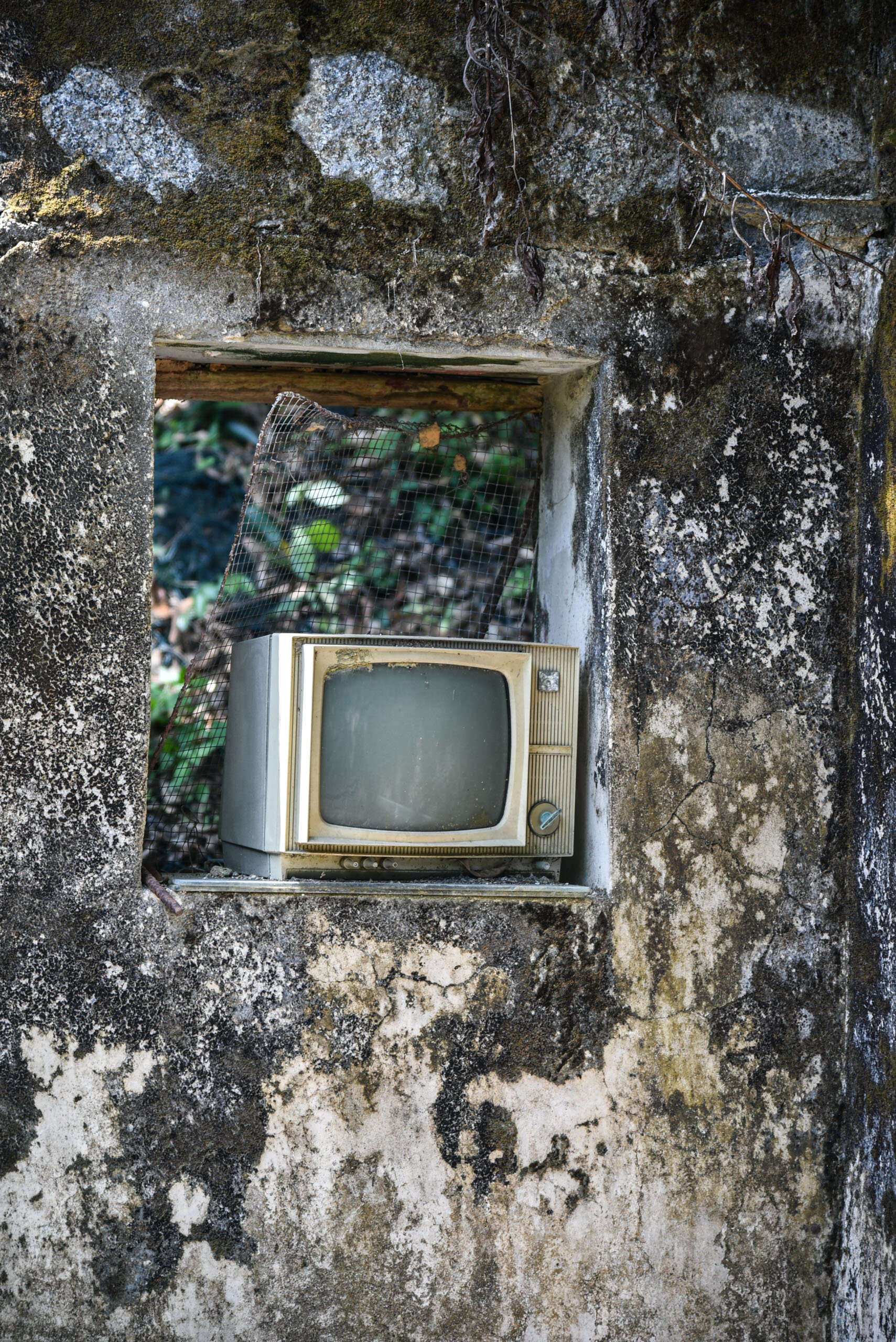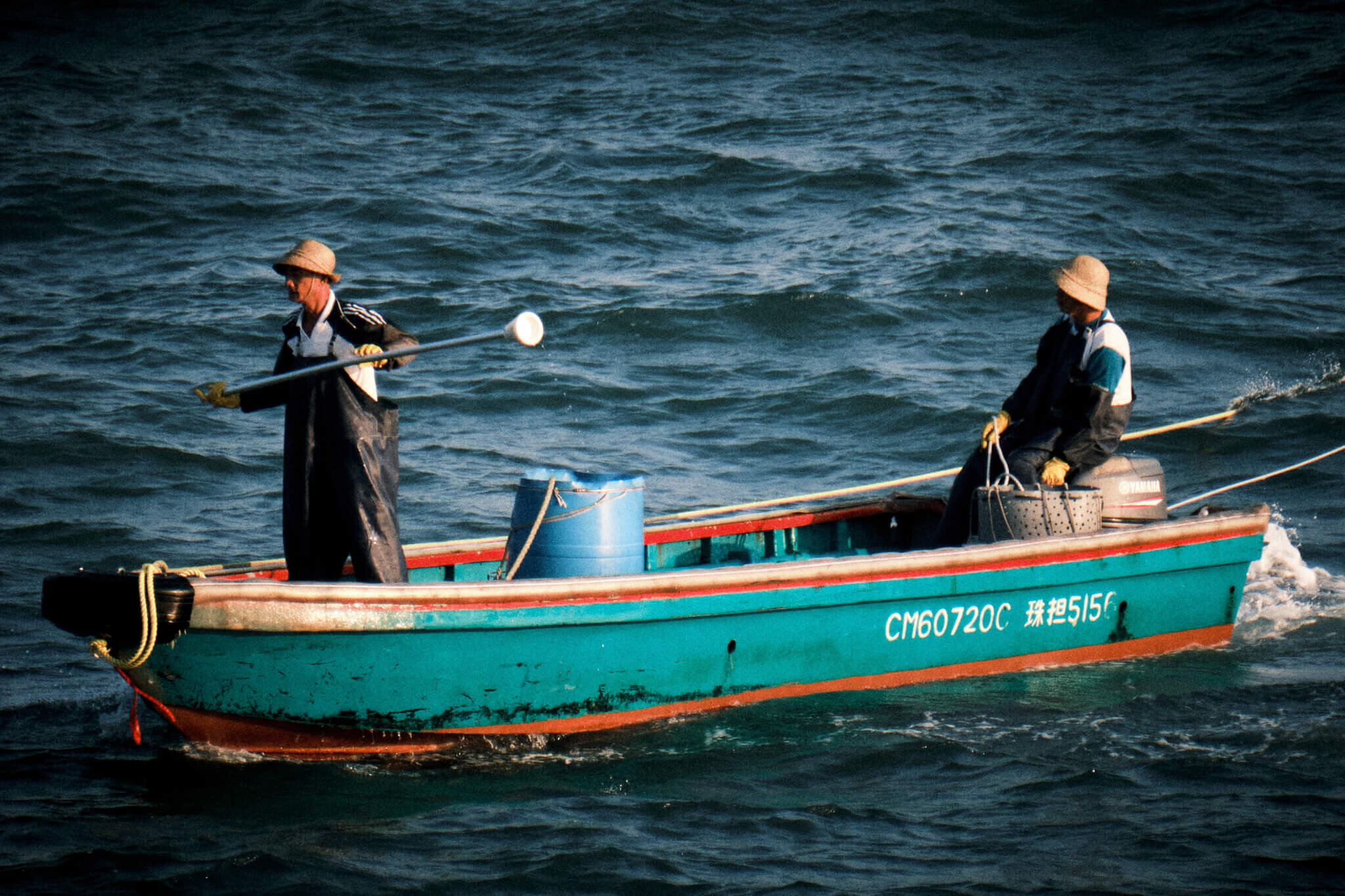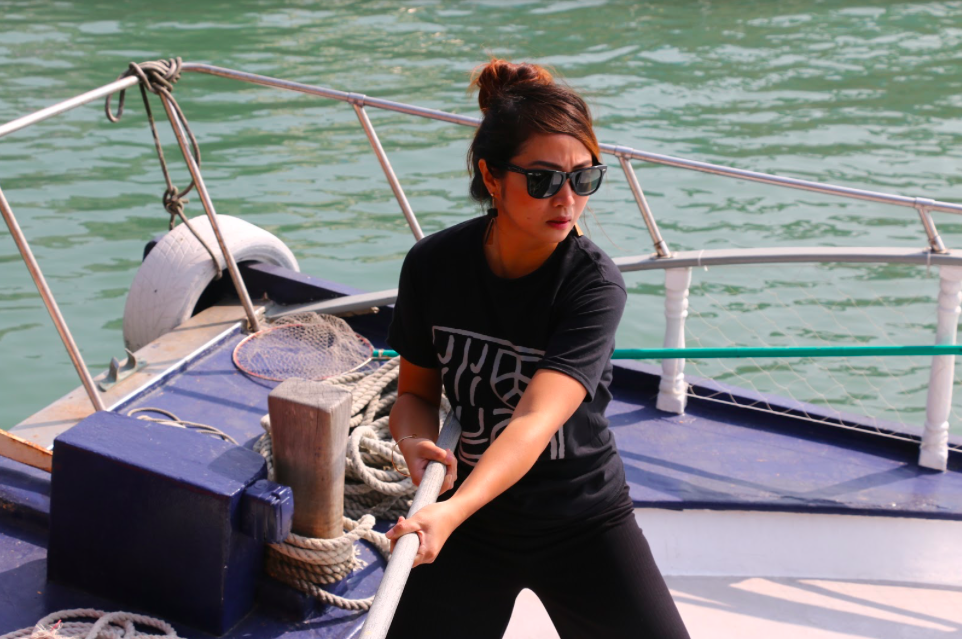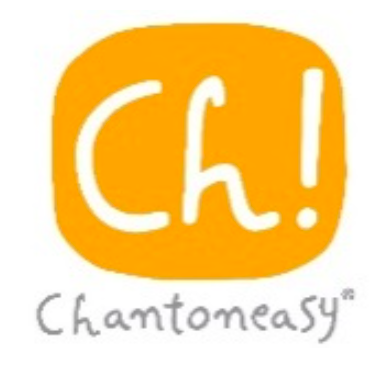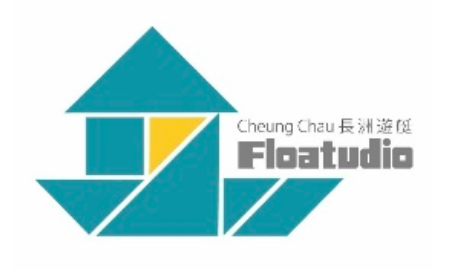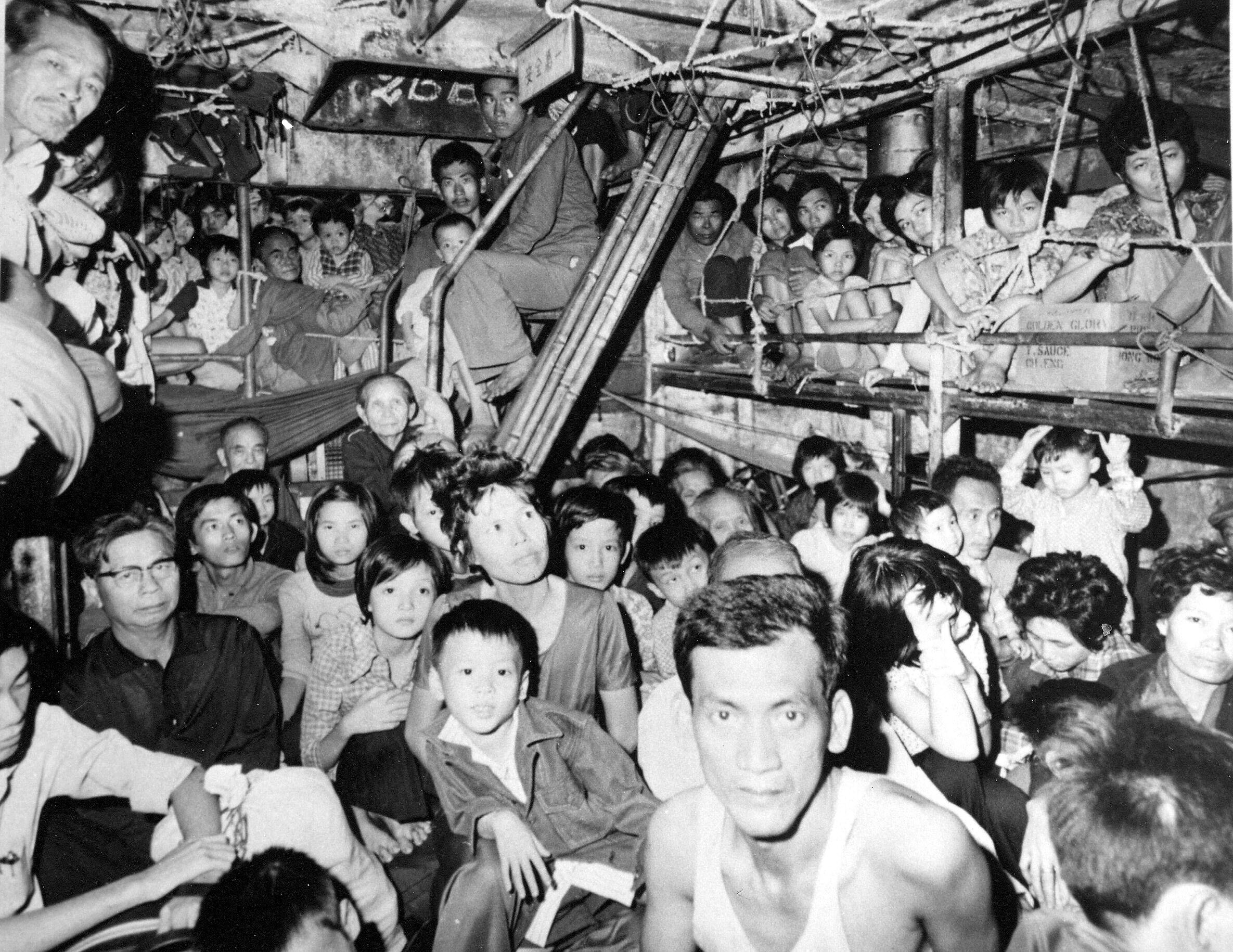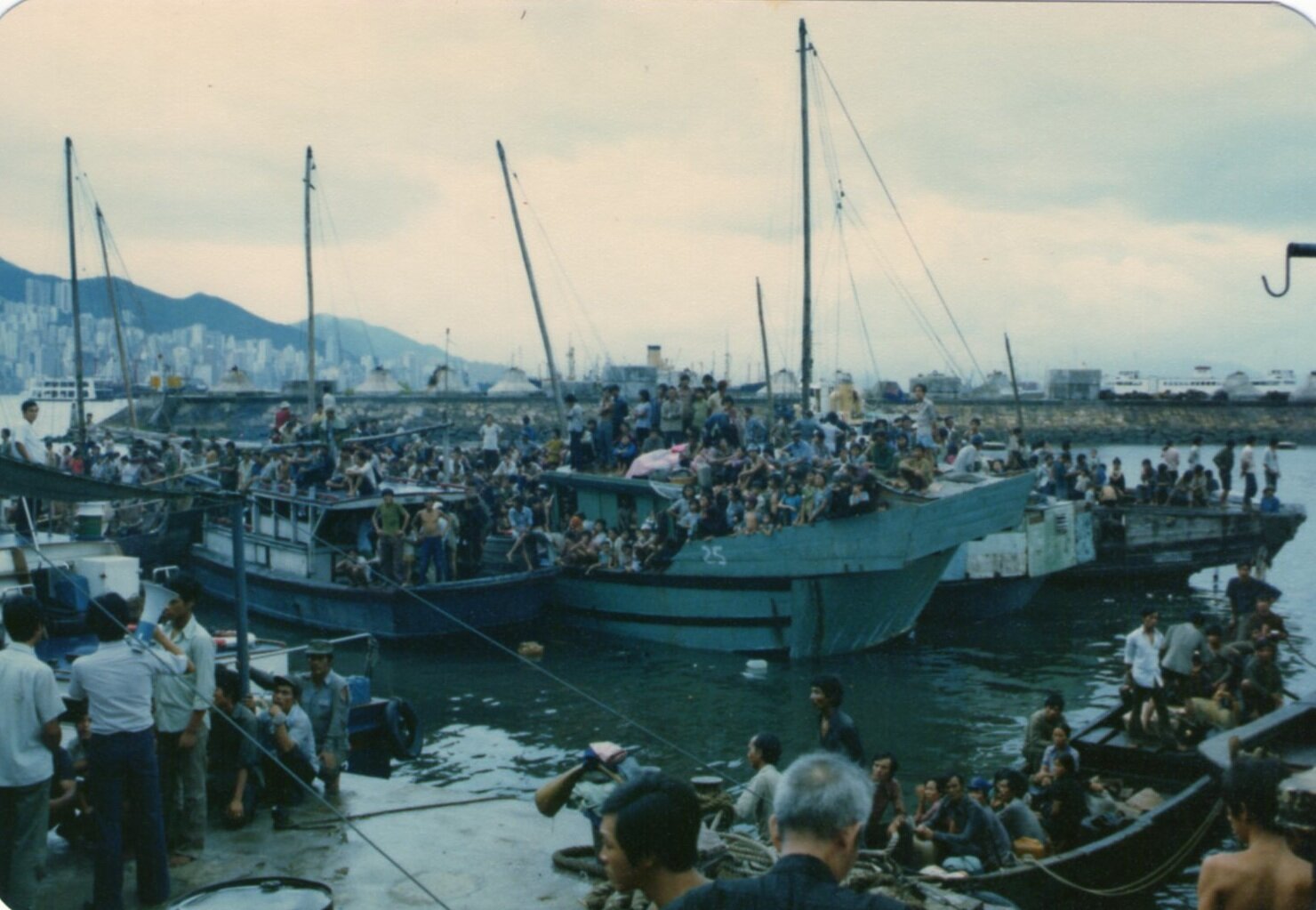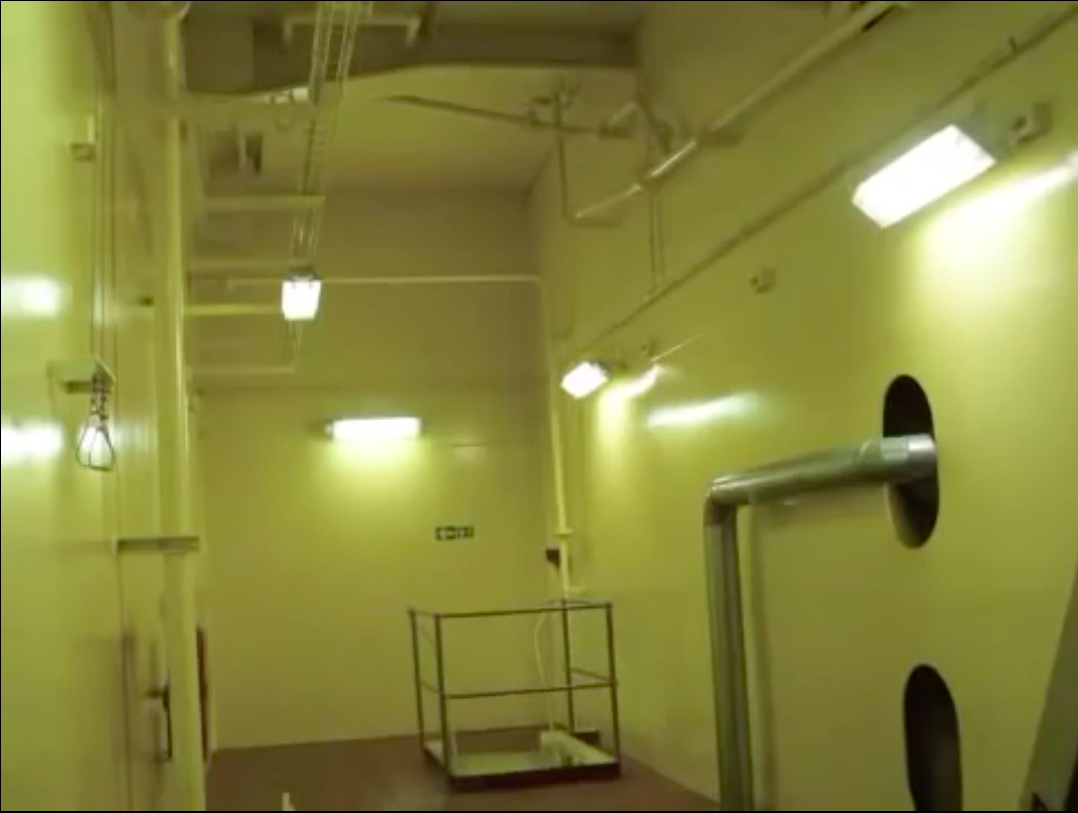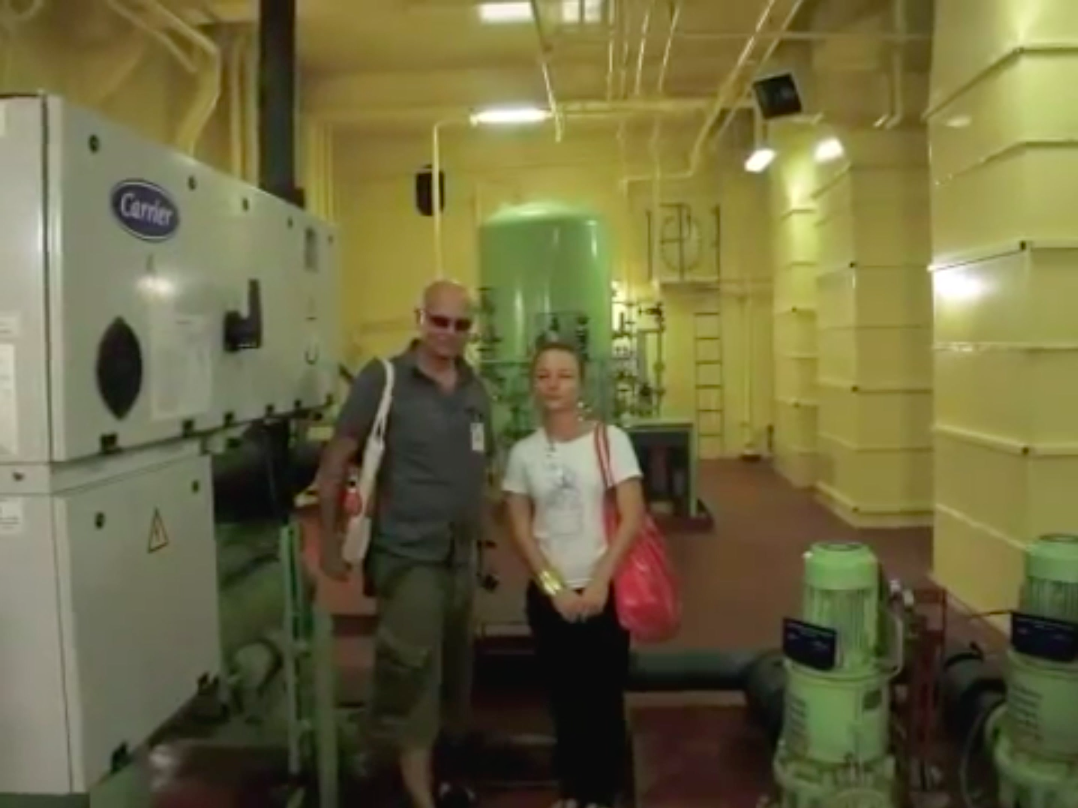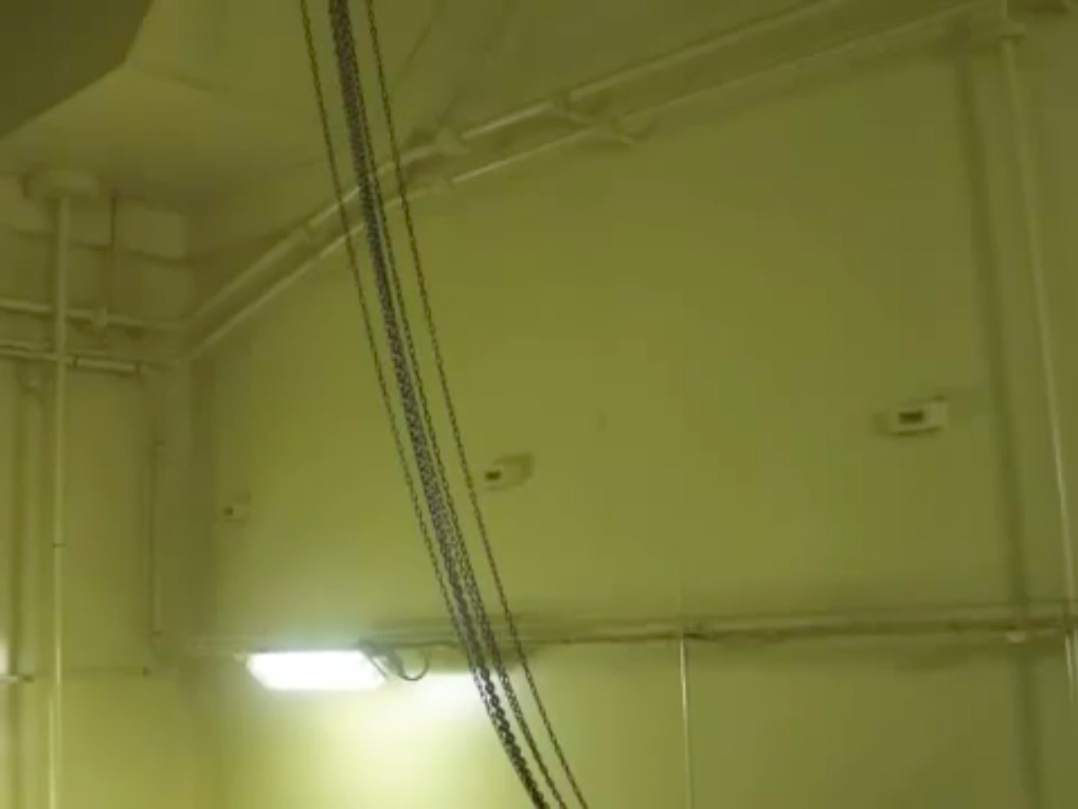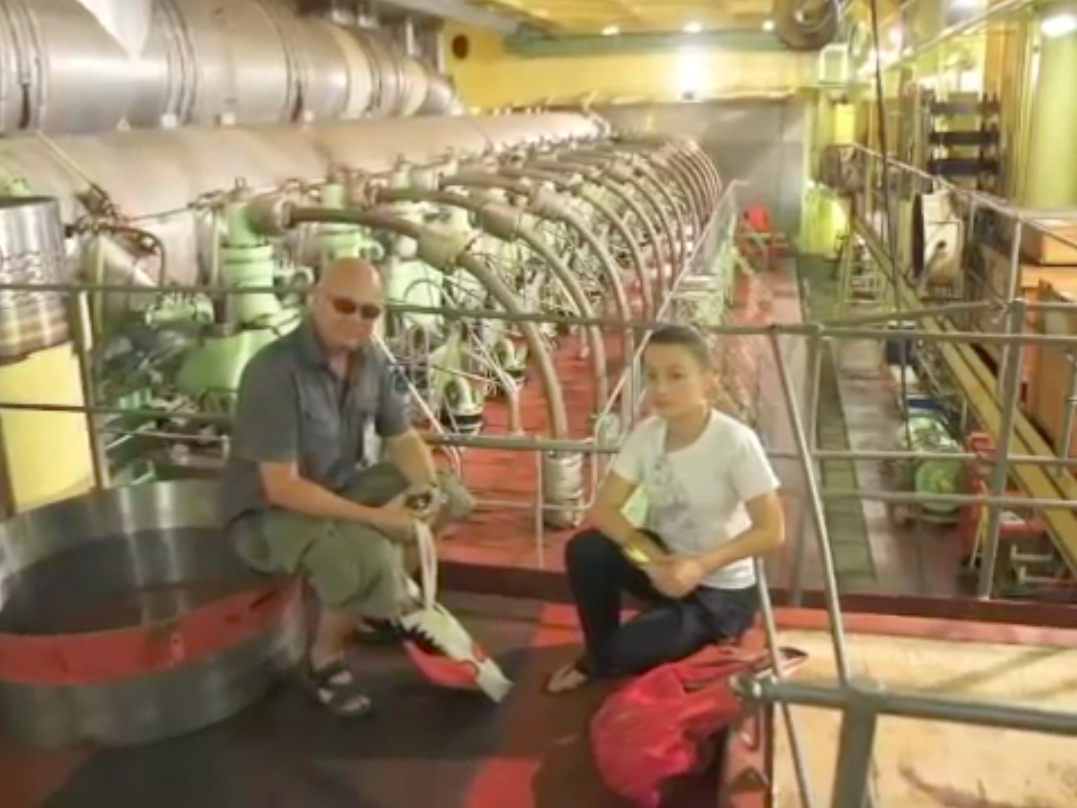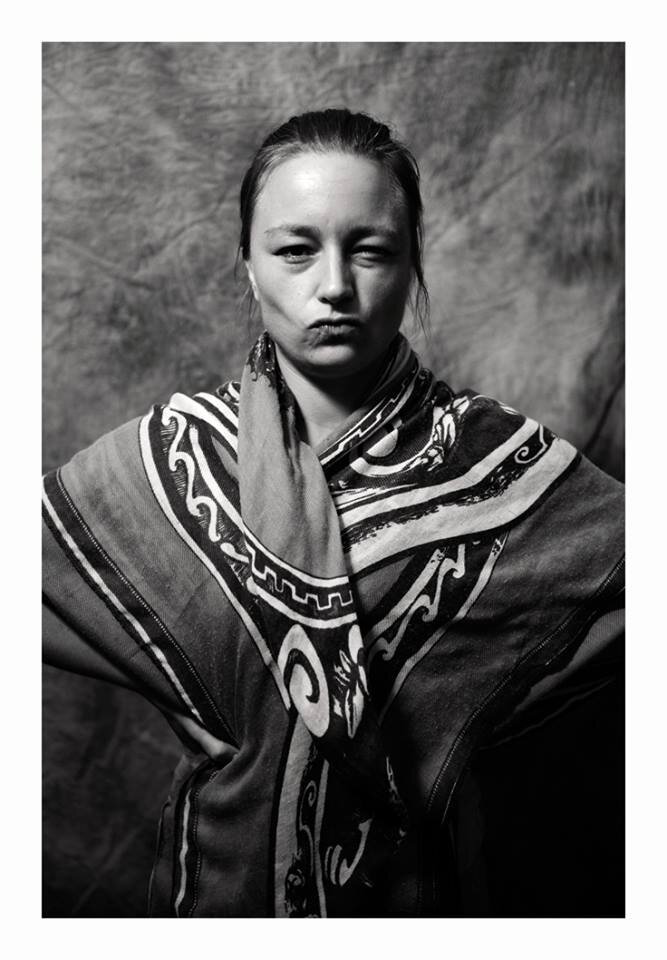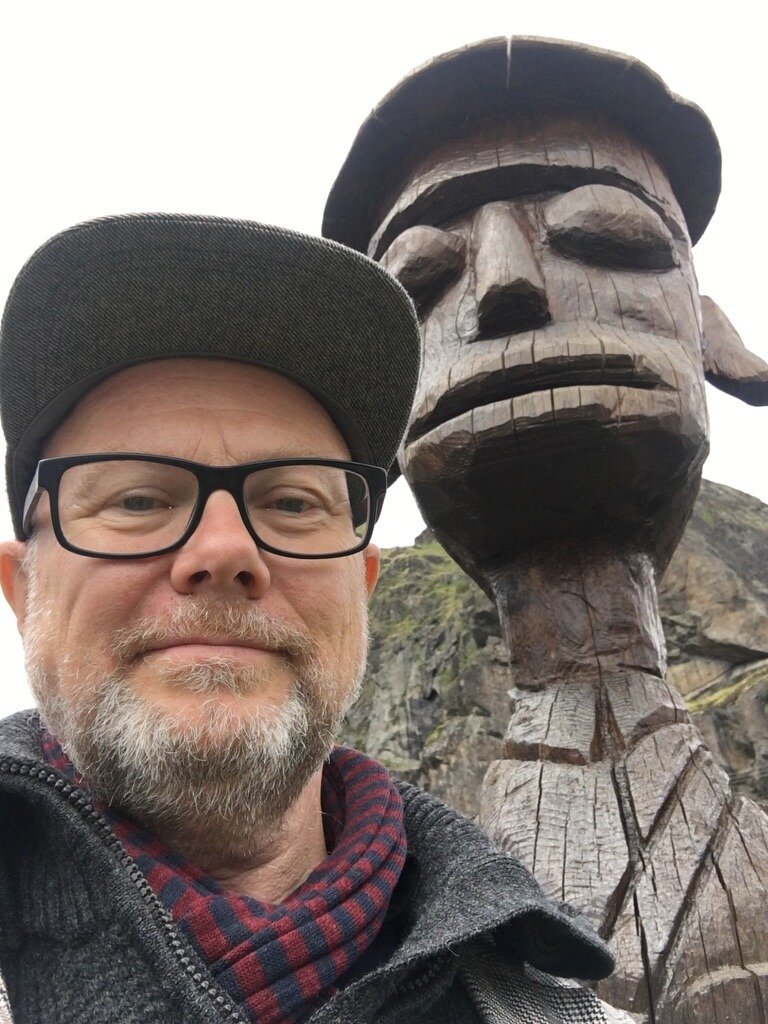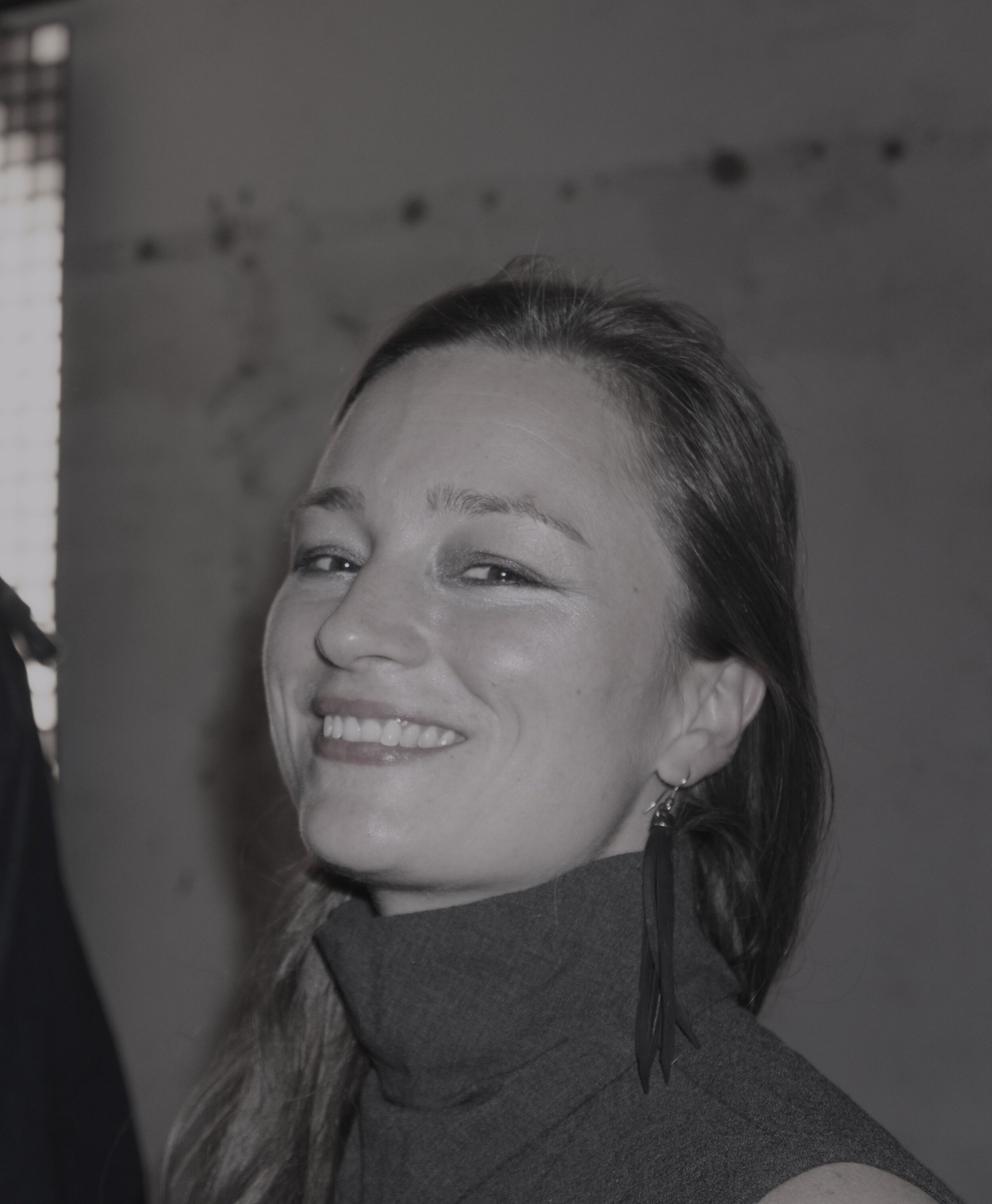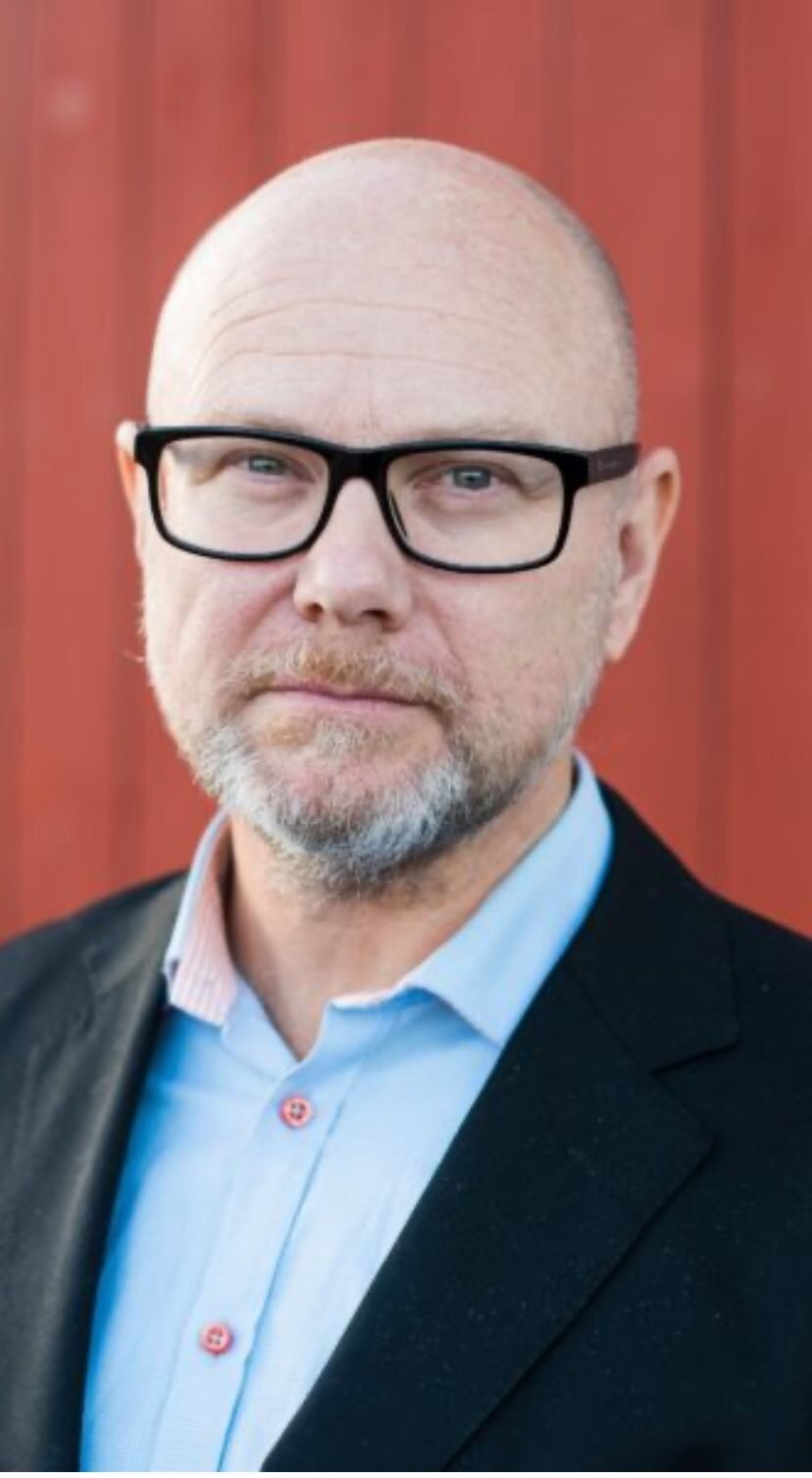Tomislav Marcijuš, “Adriatic Nostalgia,” Croatia, 2020
Tomislav Marcijuš, “Adriatic Nostalgia 23,” Croatia, 2020
Tomislav Marcijuš, “Adriatic Nostalgia 05,” Croatia, 2020
In just a few months, the whole world has changed, and the people too. Coronavirus deleted almost all plans that affected various business sectors, including Croatian tourism. The closed borders were the beginning of worries that called into question the tourist season in Croatia. No one was ready for this scenario. Our people make up only 12% of total tourism. The drop in traffic is up to 70%. Various topics in the healthcare system and politics are touched and they are trying to find solutions to the coming crisis. My photography profession is under attack along with many other activities. We have the opportunity to show a new world, it cannot be taken away from us. The camera is always with us. We are always ready to go very far for the quality cadre.
"The world will no longer be the same place!" - a sentence with which this year started. With a series of photographs, I show the feeling of empty space and examine the feelings of the past and the present in almost the same places on the Adriatic coast. I imagine a sense of carefree-ness and joy in 1998 as I sit on the pier, completely alienated. 22 years later.
Tomislav Marcijuš, “Adriatic Nostalgia 42,” Croatia, 2020
Tomislav Marcijuš, “Adriatic Nostalgia 02,” Croatia, 2020
Tomislav Marcijuš, “Adriatic Nostalgia 03,” Croatia, 2020
Tomislav Marcijuš, “Adriatic Nostalgia 46,” Croatia, 2020
Tomislav Marcijuš, “Adriatic Nostalgia 35,” Croatia, 2020
Tomislav Marcijuš, “Adriatic Nostalgia 38,” Croatia, 2020
Tomislav Marcijuš, “Adriatic Nostalgia 39,” Croatia, 2020
Tomislav Marcijuš, “Adriatic Nostalgia 10,” Croatia, 2020
“在短短幾個月內,整個世界發生了變化,人民也發生了變化。冠狀病毒刪除了幾乎所有影響包括克羅地亞旅遊業在內的各個商業領域的計劃。封閉的邊界是人們開始擔憂的開始,這使克羅地亞的旅遊旺季受到質疑 。沒有人願意為這種情況做準備,我們的人僅佔旅遊總數的12%,交通量下降了70%,醫療保健系統和政治領域的各個主題都受到影響,他們正在努力尋找解決方案 危機,我的攝影專業受到許多其他活動的襲擊,我們有機會向人們展示一個新世界,不能把它帶離我們。相機永遠伴隨著我們。我們始終準備為追求更高的質量而努力 幹部:““世界將不再是同一個地方!””-今年開始的句子。用一系列照片,我表現出空虛的感覺,幾乎回顧了過去和現在的感覺。 相同的地方 在亞得里亞海海岸。 當我坐在碼頭上時,我想像著1998年的無憂無慮和快樂的感覺,完全疏遠了。 22年後。”
Tomislav Marcijuš, “Adriatic Nostalgia 01,” Croatia, 2020
Tomislav Marcijuš, “Adriatic Nostalgia 26,” Croatia, 2020
Tomislav Marcijuš, “Adriatic Nostalgia 13,” Croatia, 2020
Tomislav Marcijuš, “Adriatic Nostalgia 43,” Croatia, 2020
Tomislav Marcijuš, “Adriatic Nostalgia 21,” Croatia, 2020
Tomislav Marcijuš, “Adriatic Nostalgia 44,” Croatia, 2020
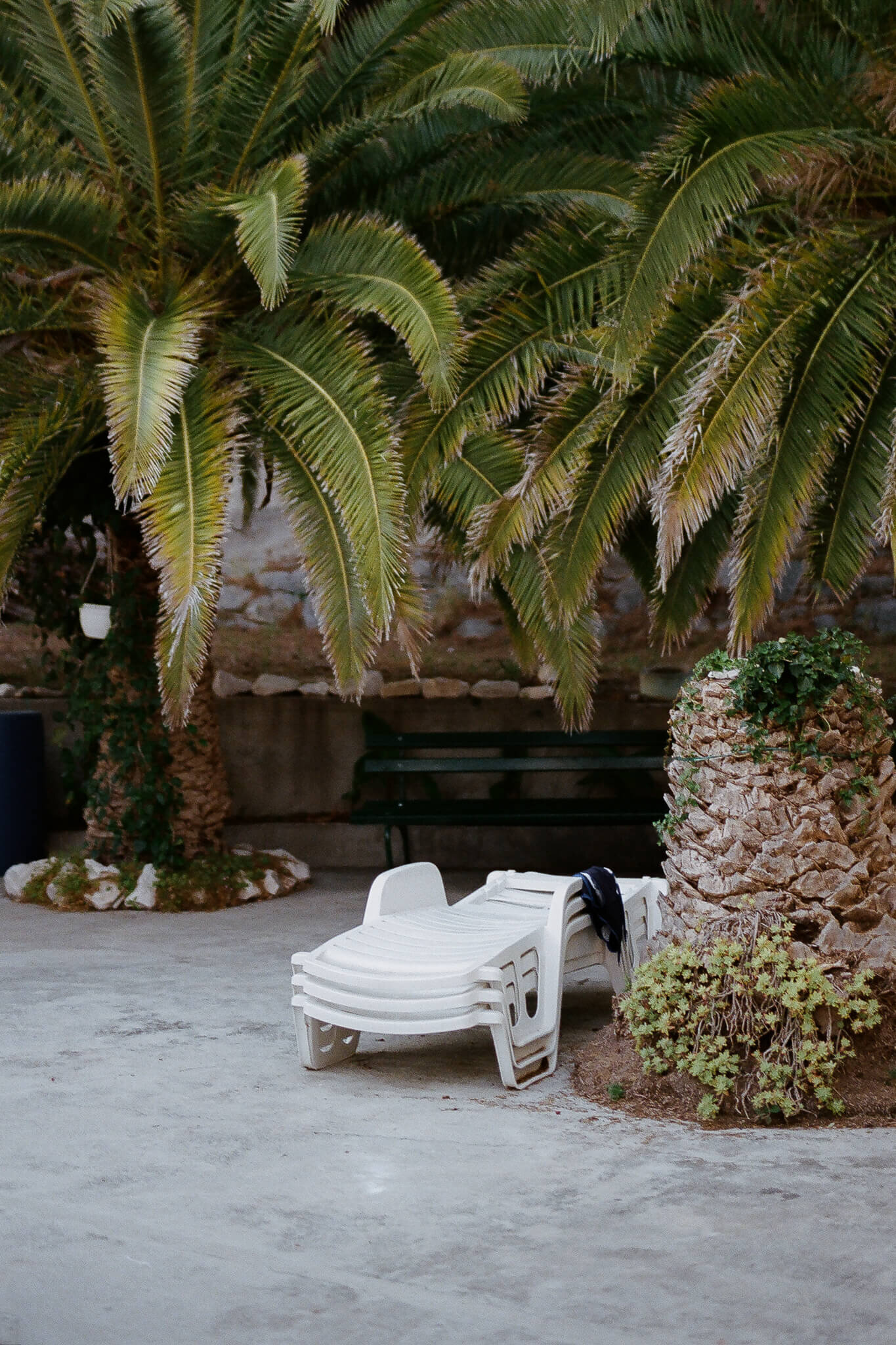

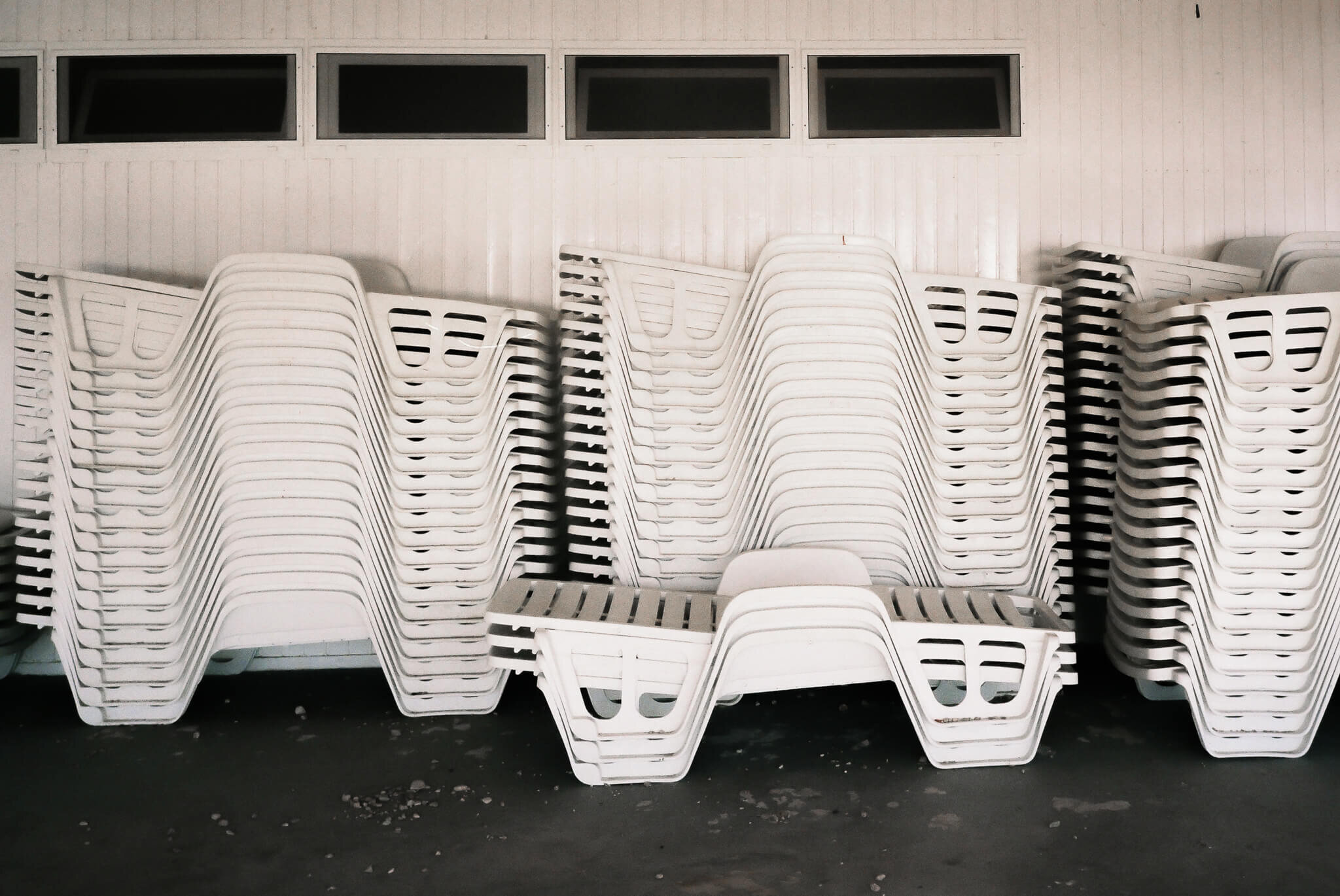
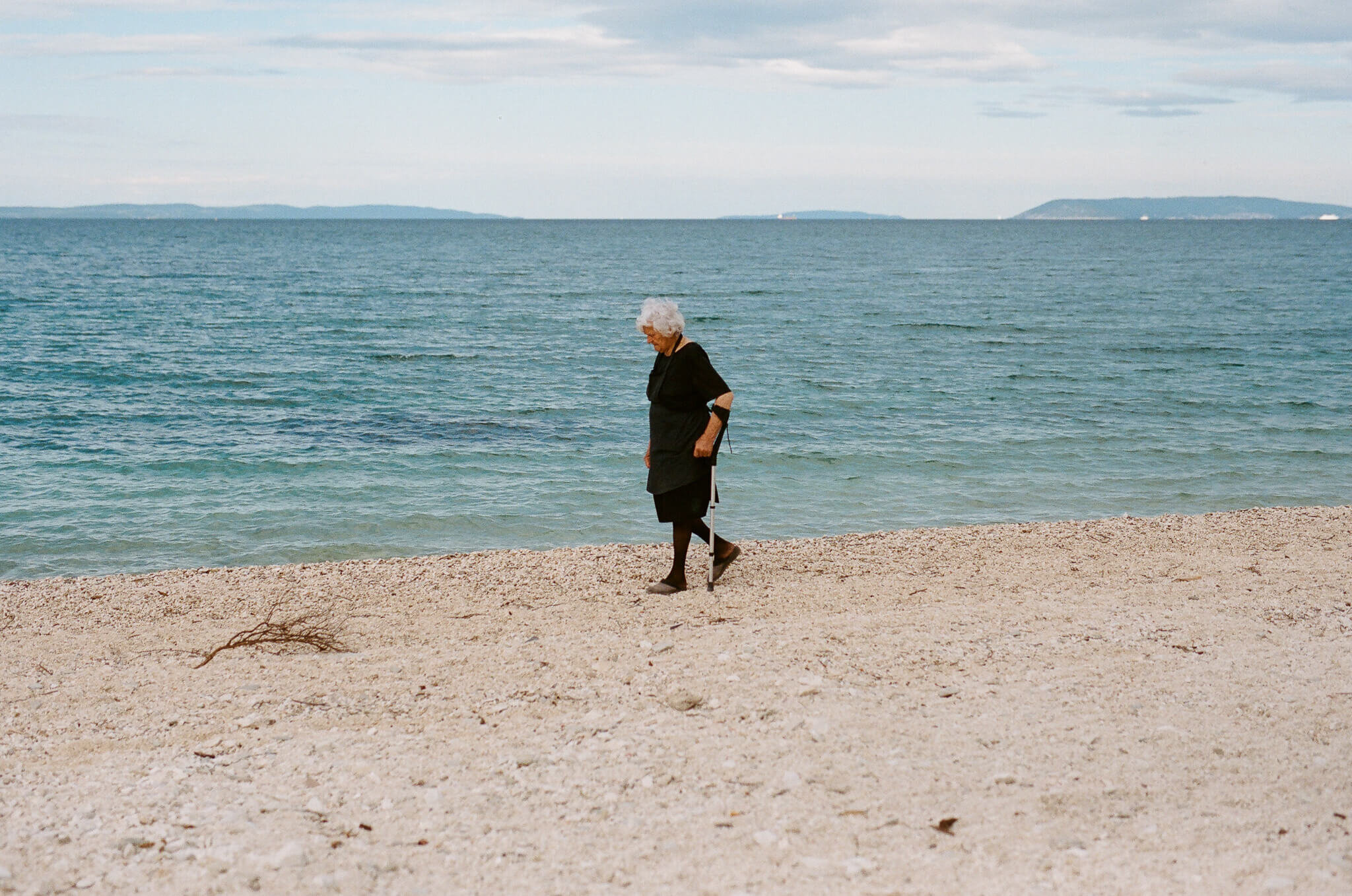
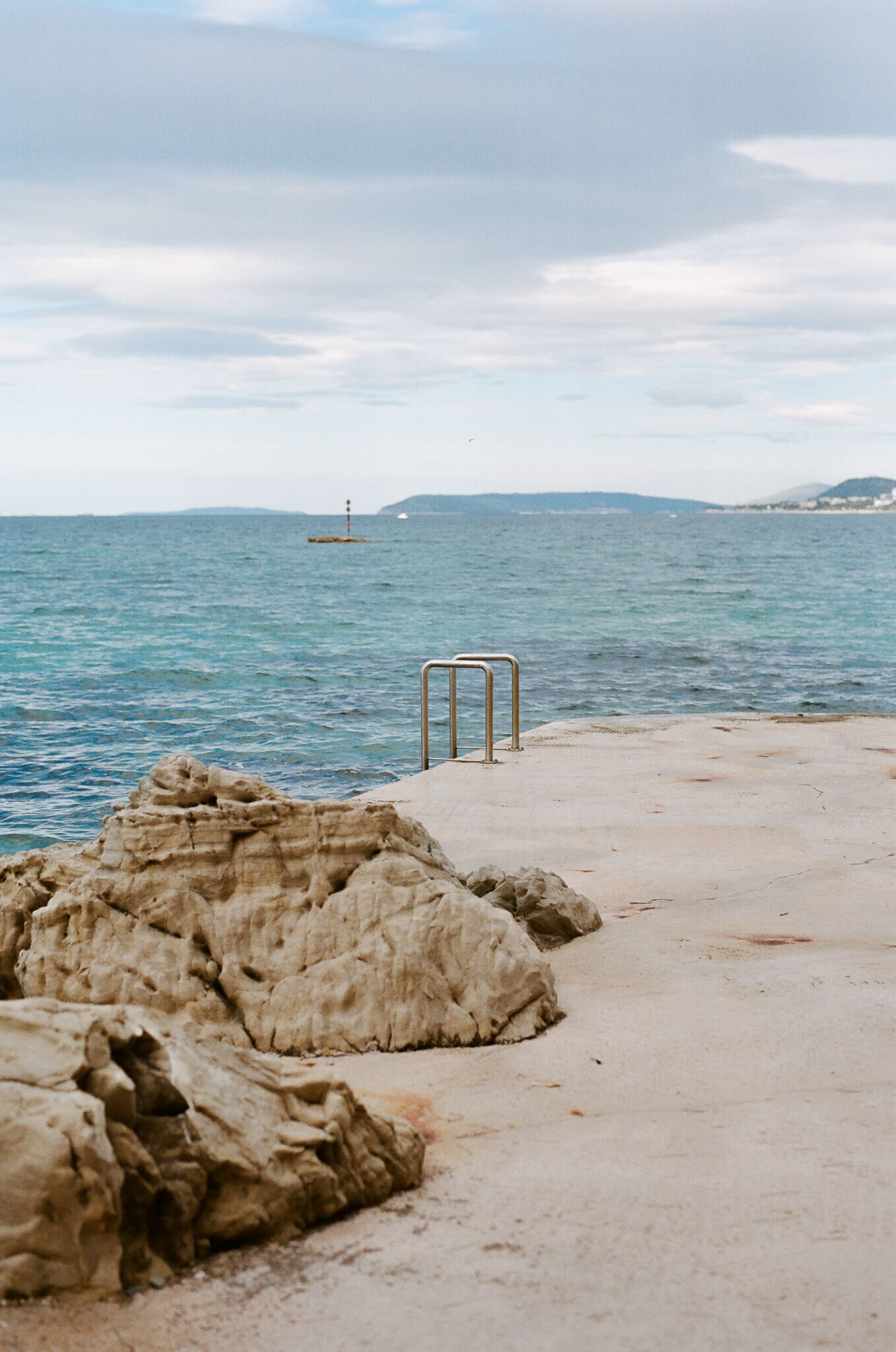
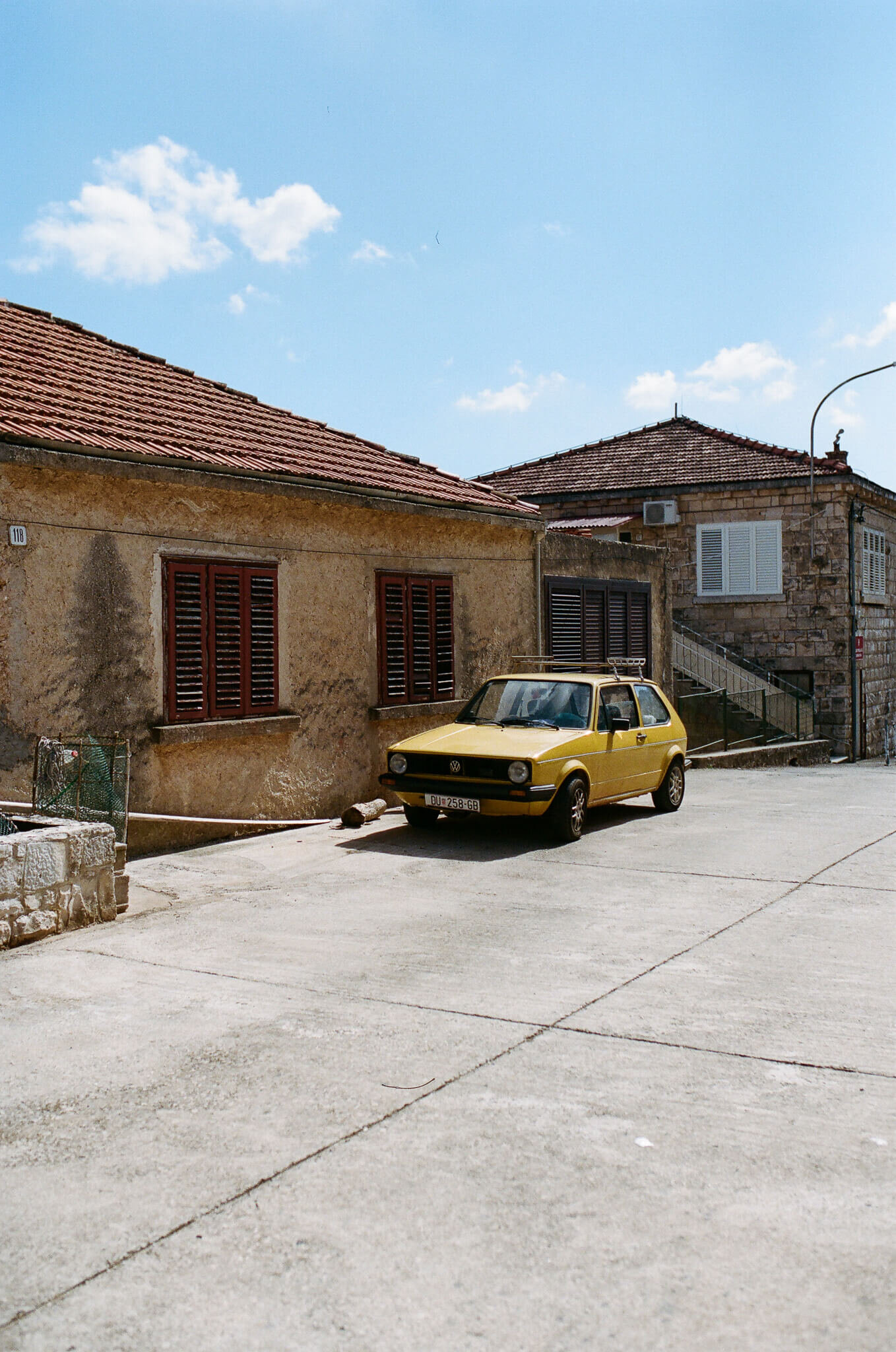
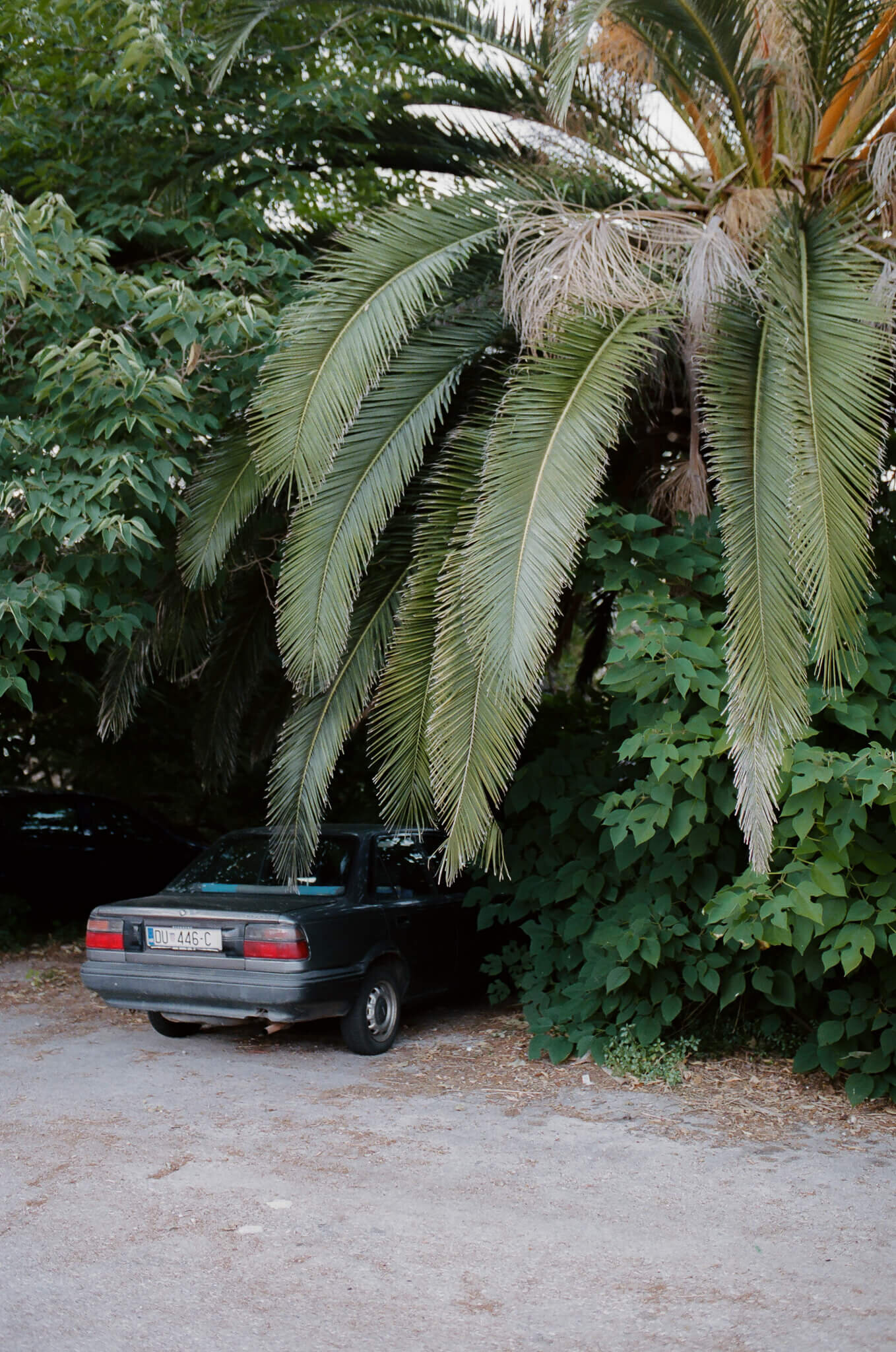
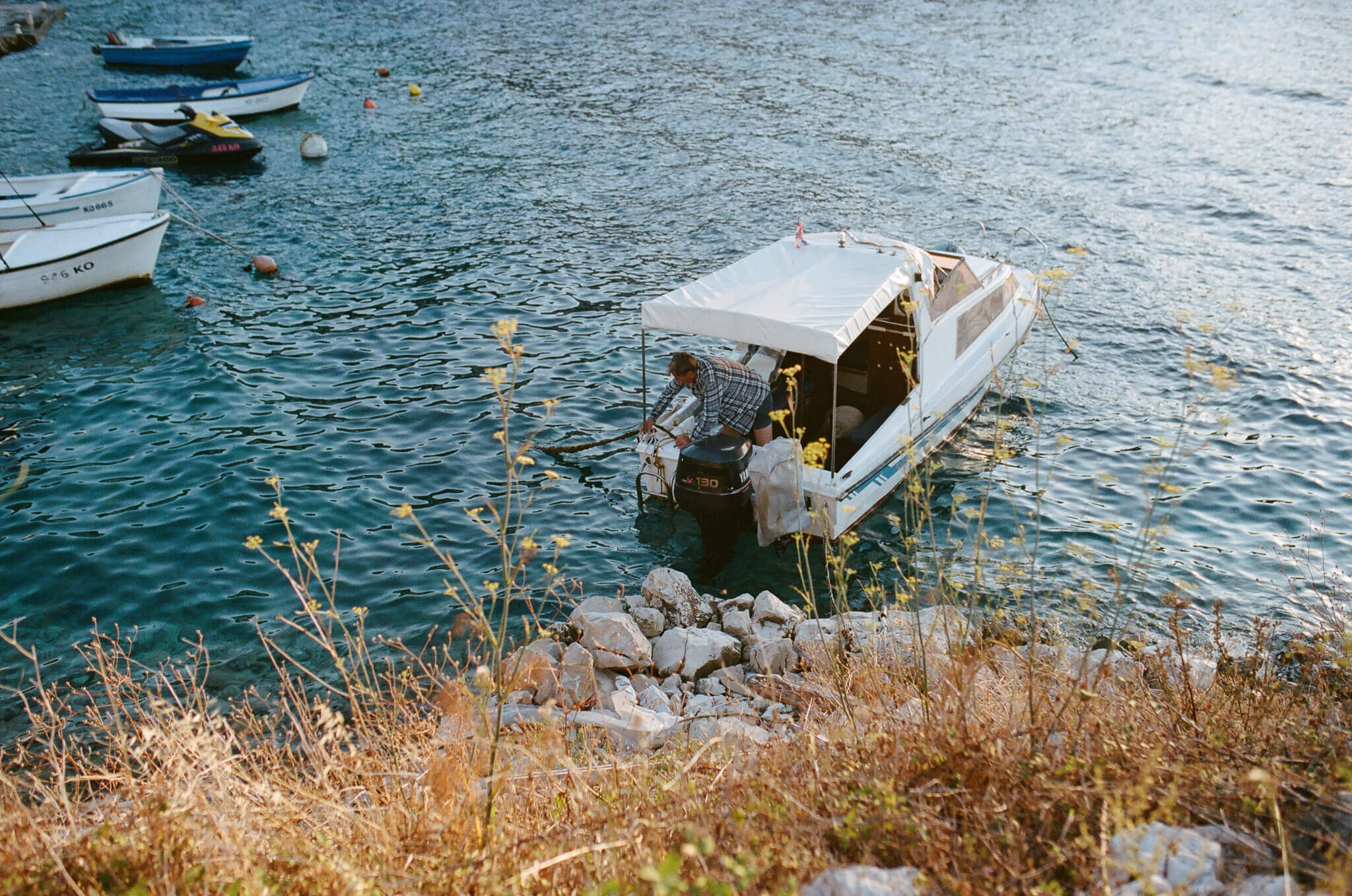
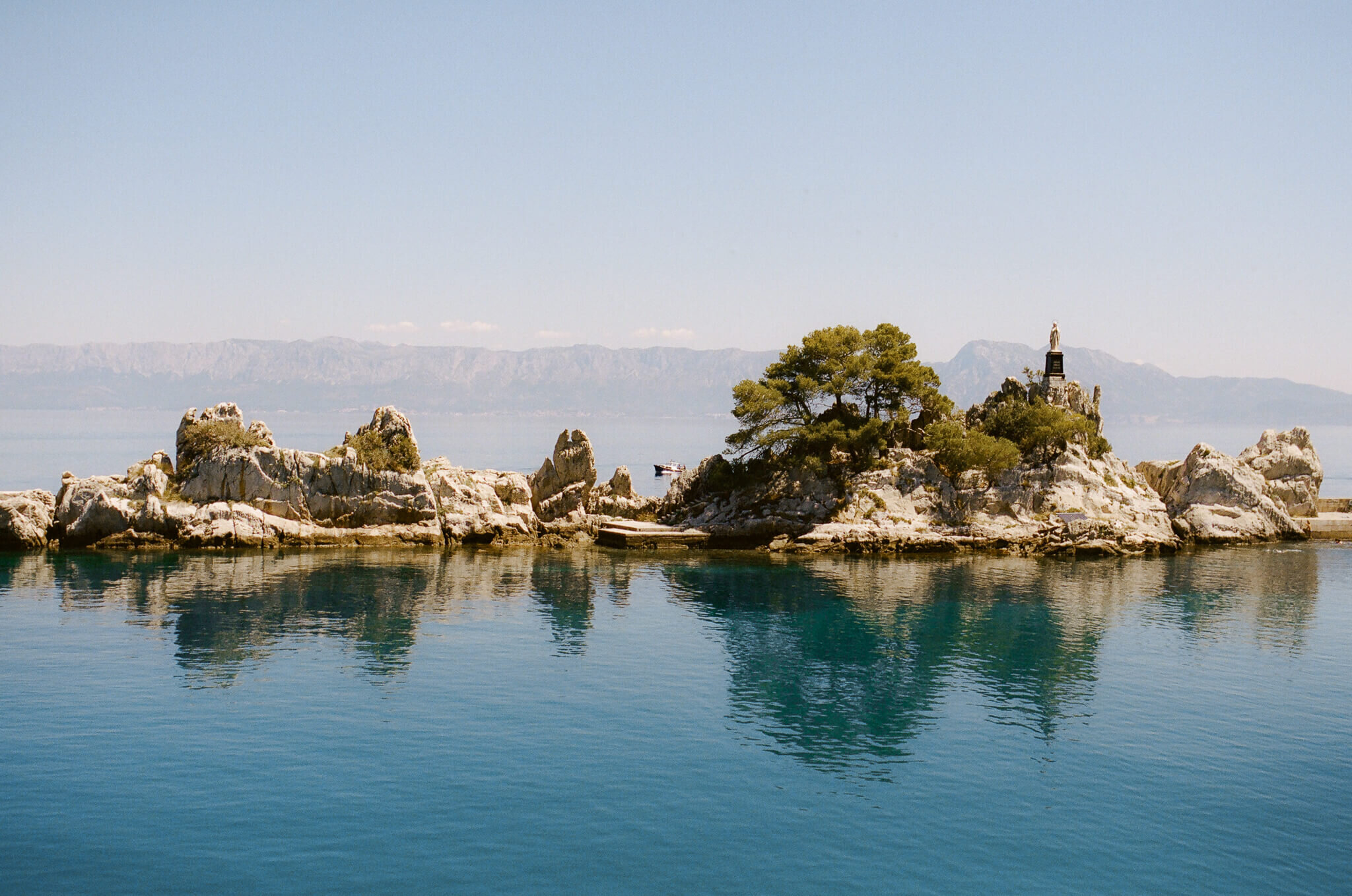
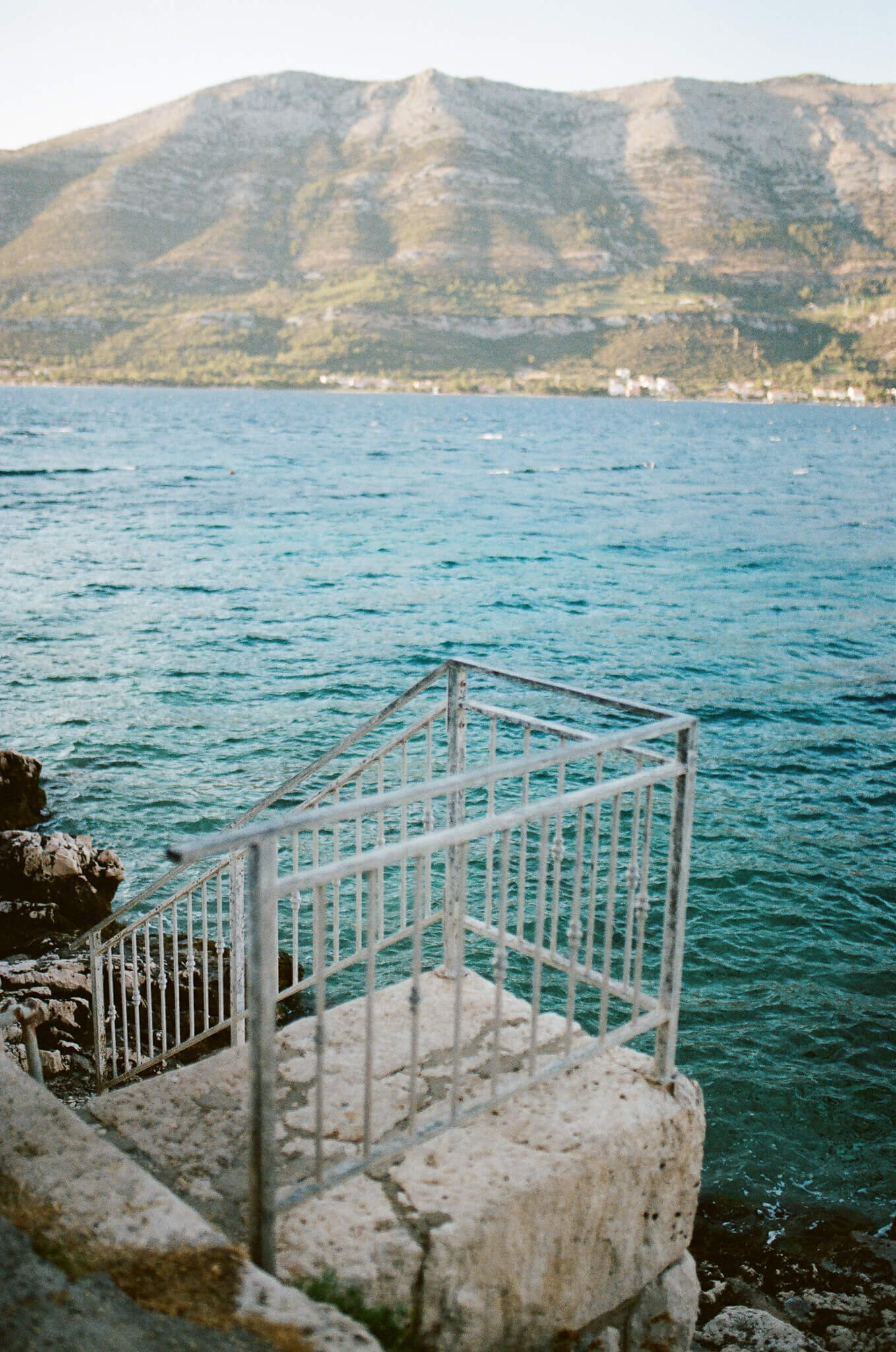
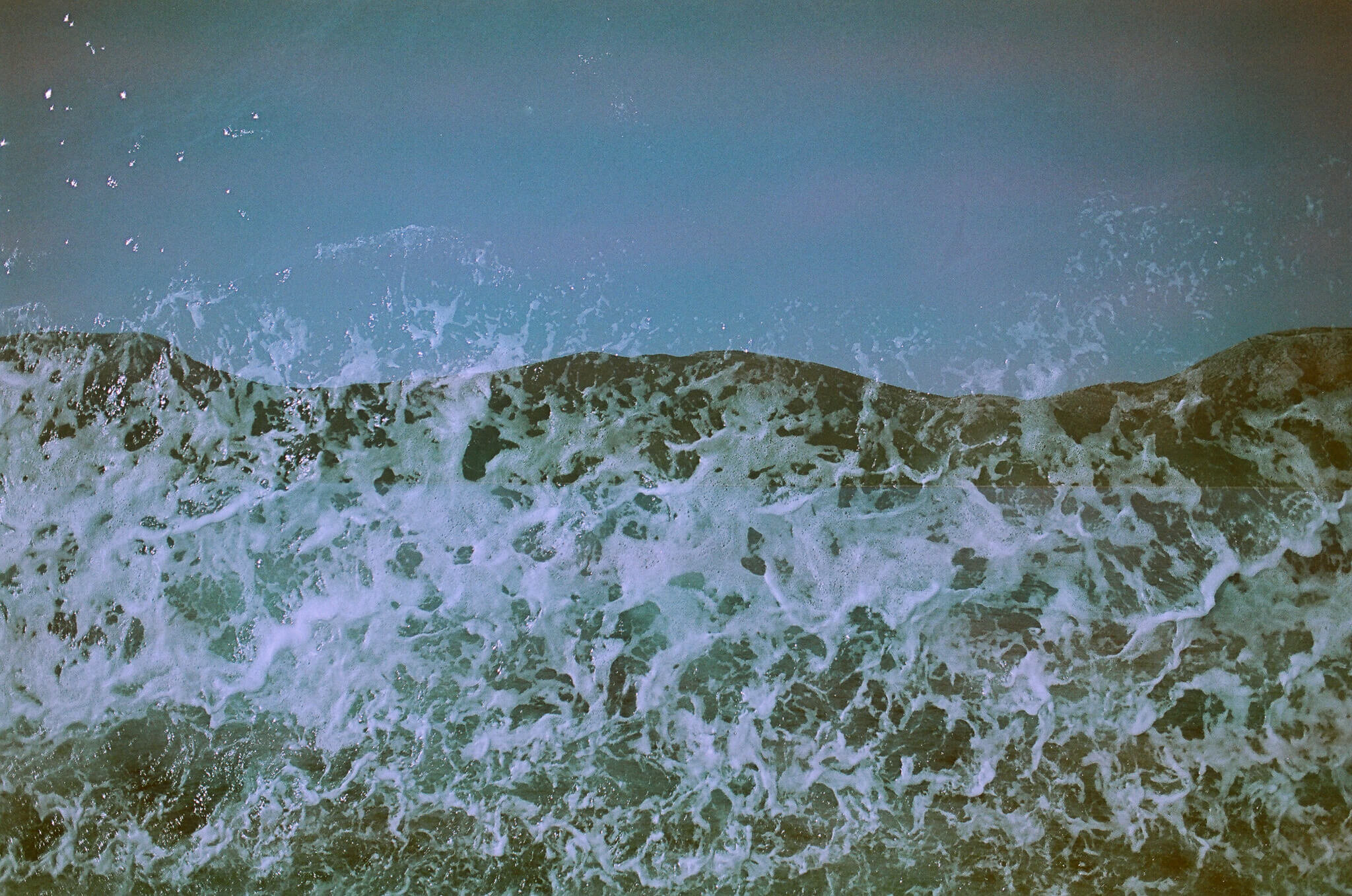
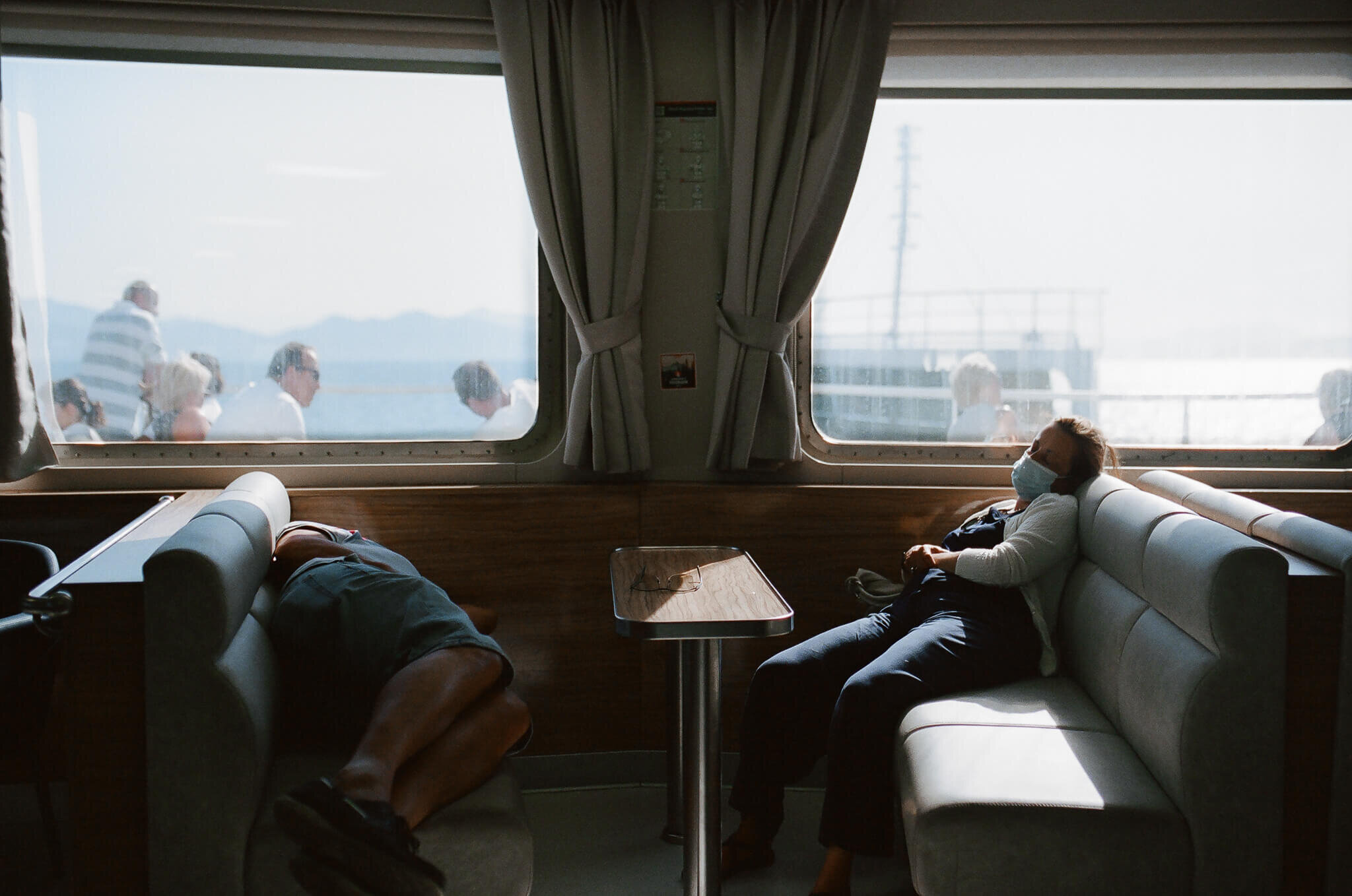
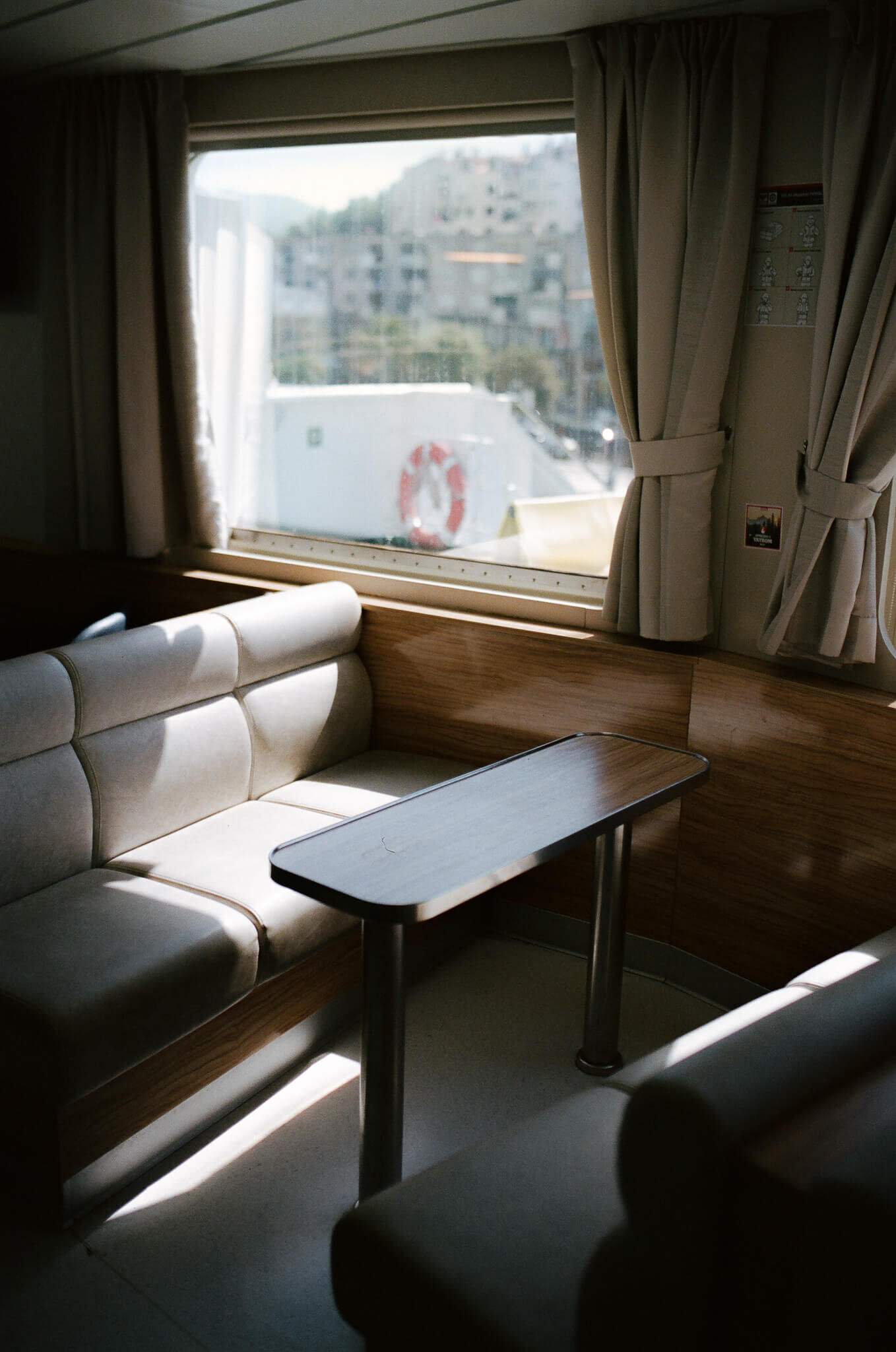
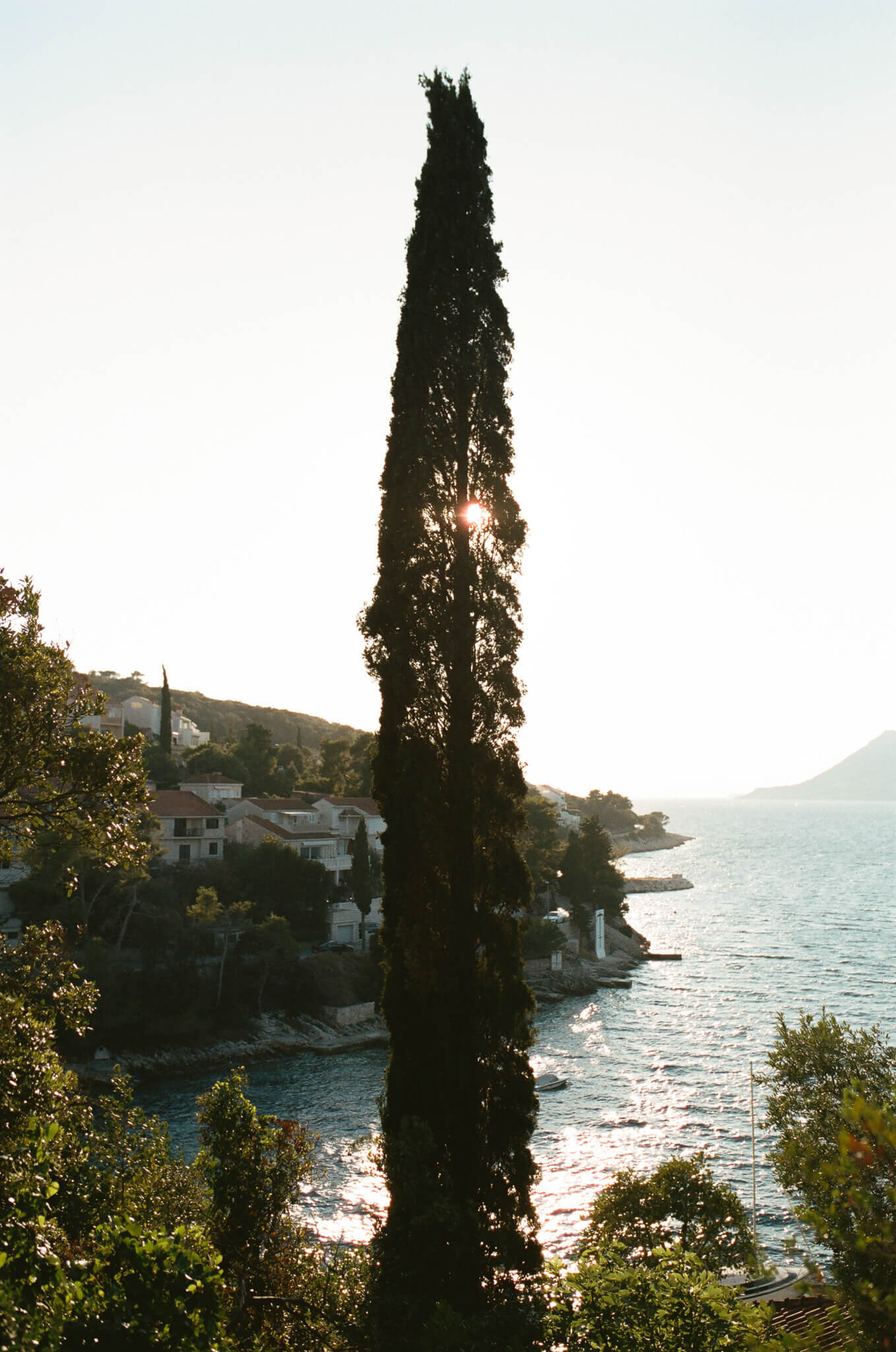
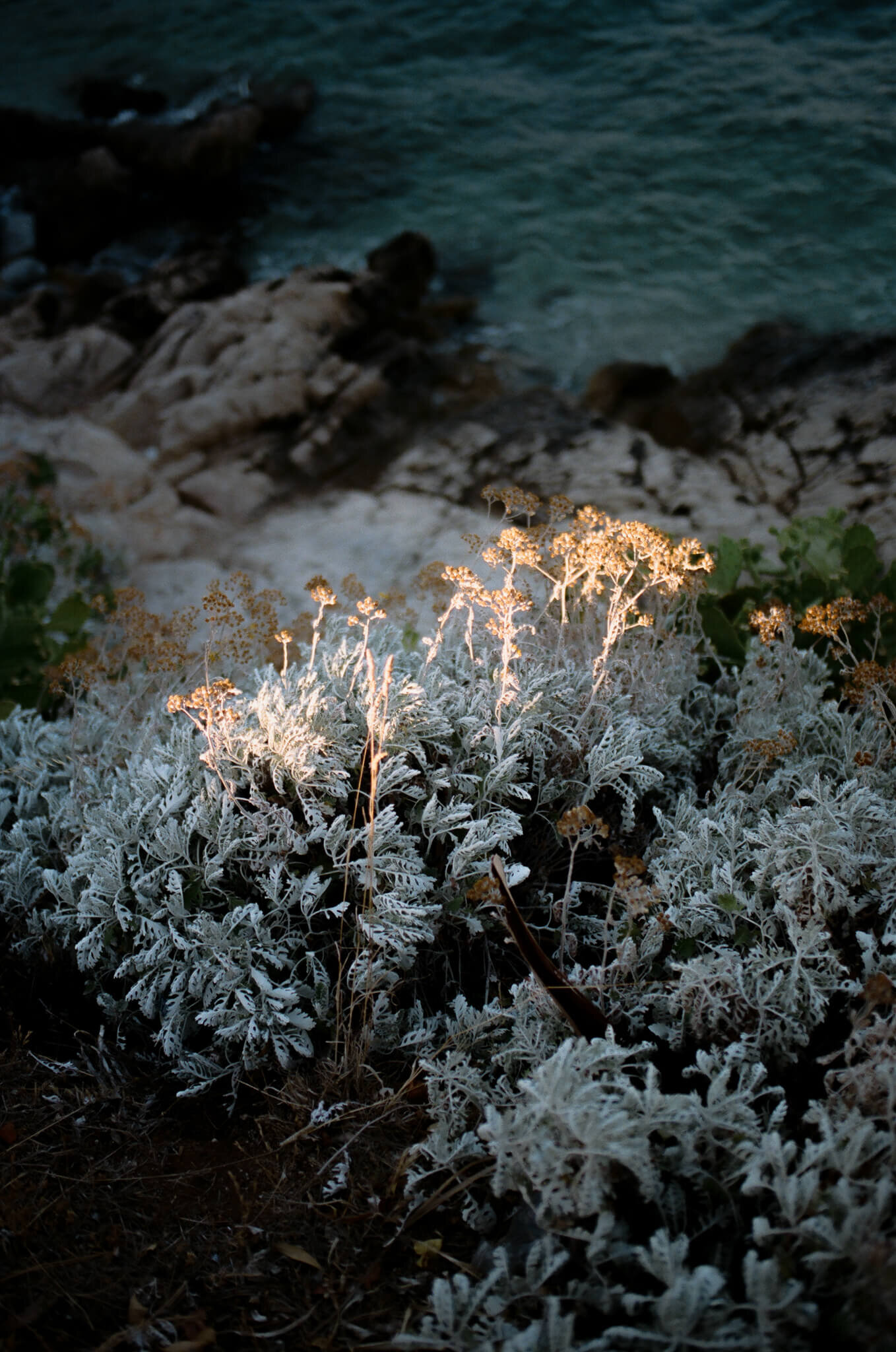
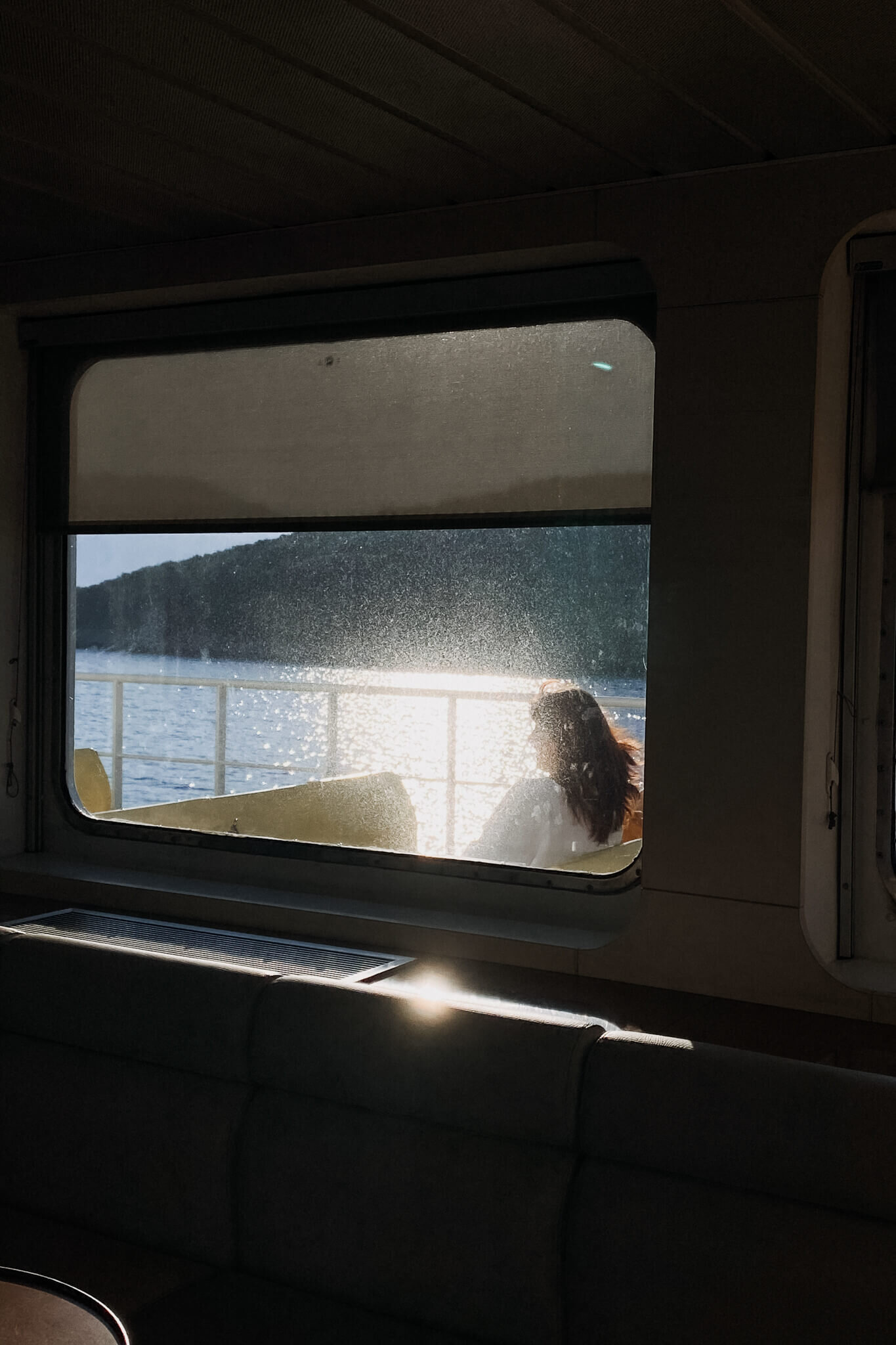

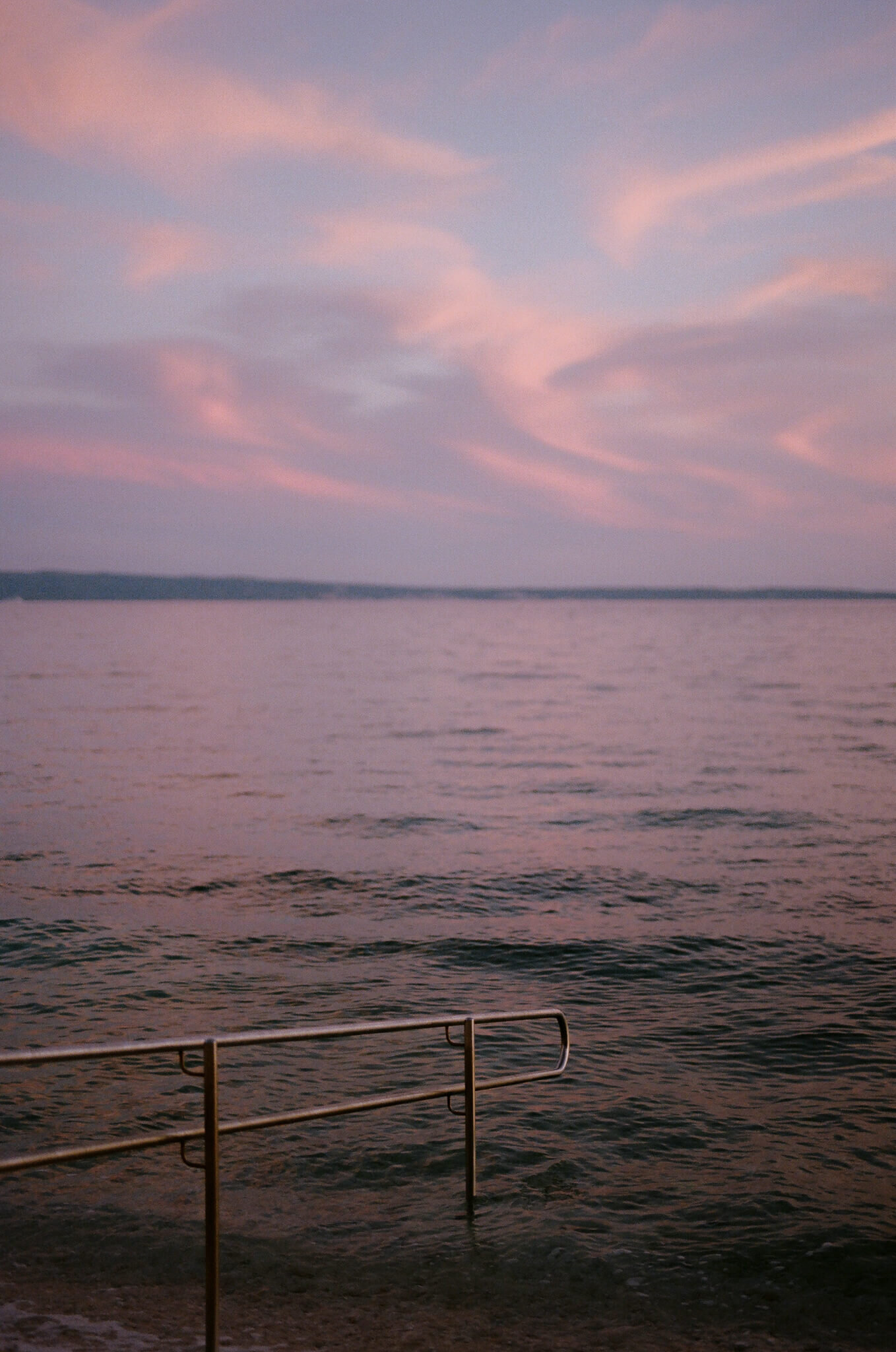
International awarded contemporary photographer based in Croatia. After graduation from the Architectural-Geodetic School, he began to experiment with film and analog cameras. He found himself in visual arts and turned his hobby into a business. After that, he launched his studio called Marcijuš Studio. Analog photography made it possible to discover his own style and apply it to various types of photography. Documentary and artistic approach is the way it photographs destination weddings, portraits, editorials, travels, personal and various commercial projects.
國際獎項和當代攝影師,駐克羅地亞。 在建築大地學校畢業後,他開始嘗試膠片和模擬相機。 他發現自己從事視覺藝術,並將業餘愛好變成了生意。 之後,他成立了自己的工作室MarcijušStudio。 模擬攝影可以發現自己的風格並將其應用於各種類型的攝影。 紀錄片和藝術方法是它拍攝目的地婚禮,肖像畫,社論,旅行,個人和各種商業項目的方式。
https://www.marcijustomislav.com/
Contact here if you are interested in purchasing work by the artist and we will help connect you.




















